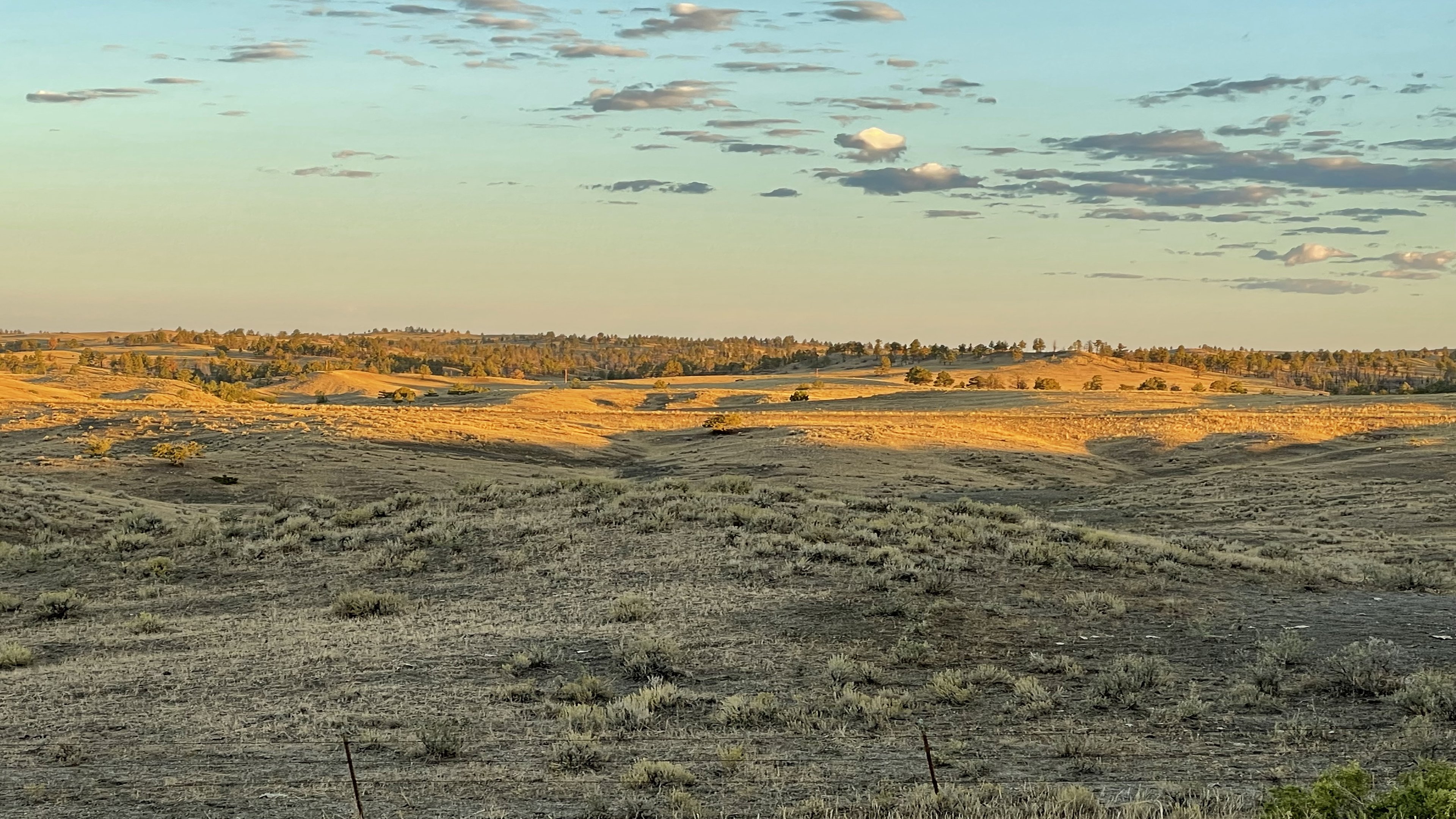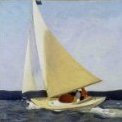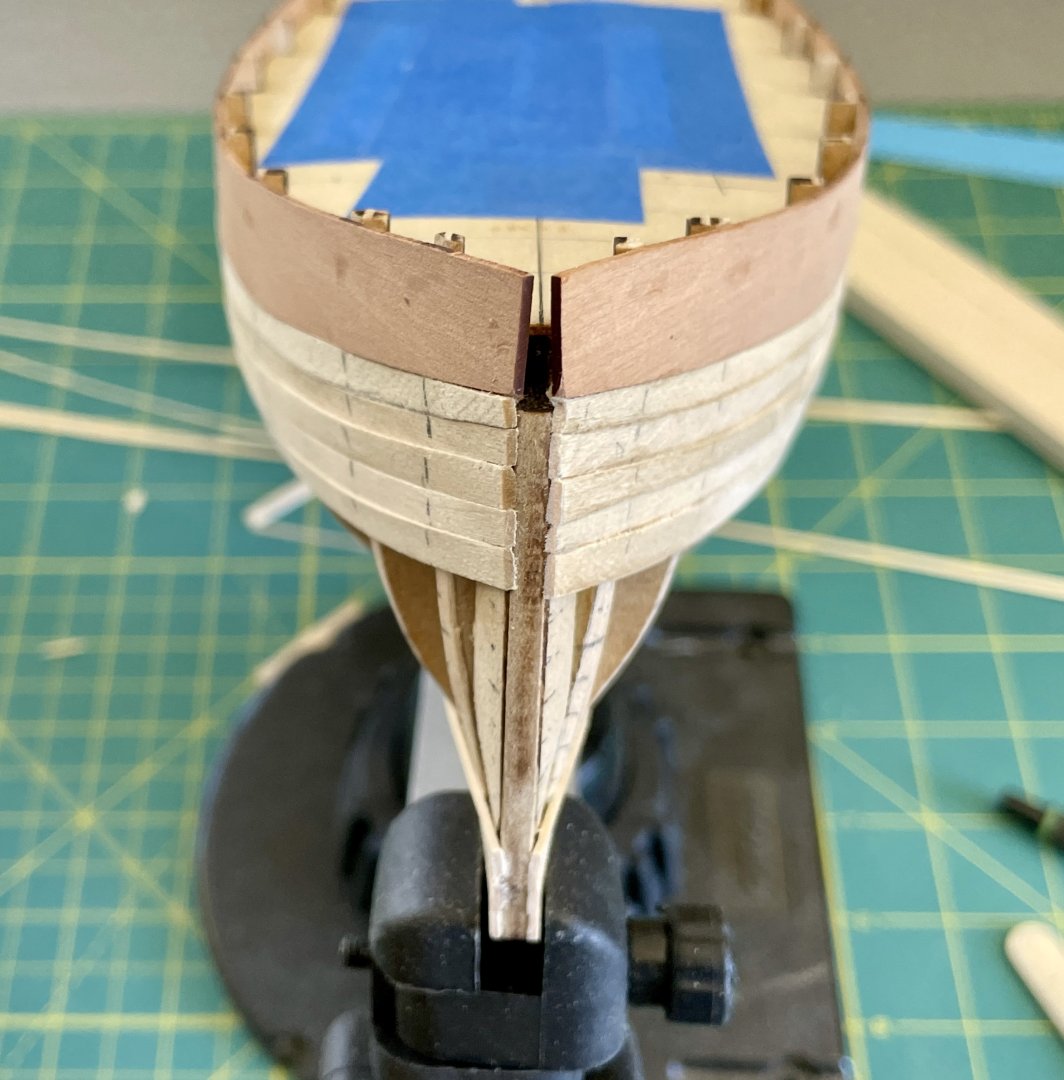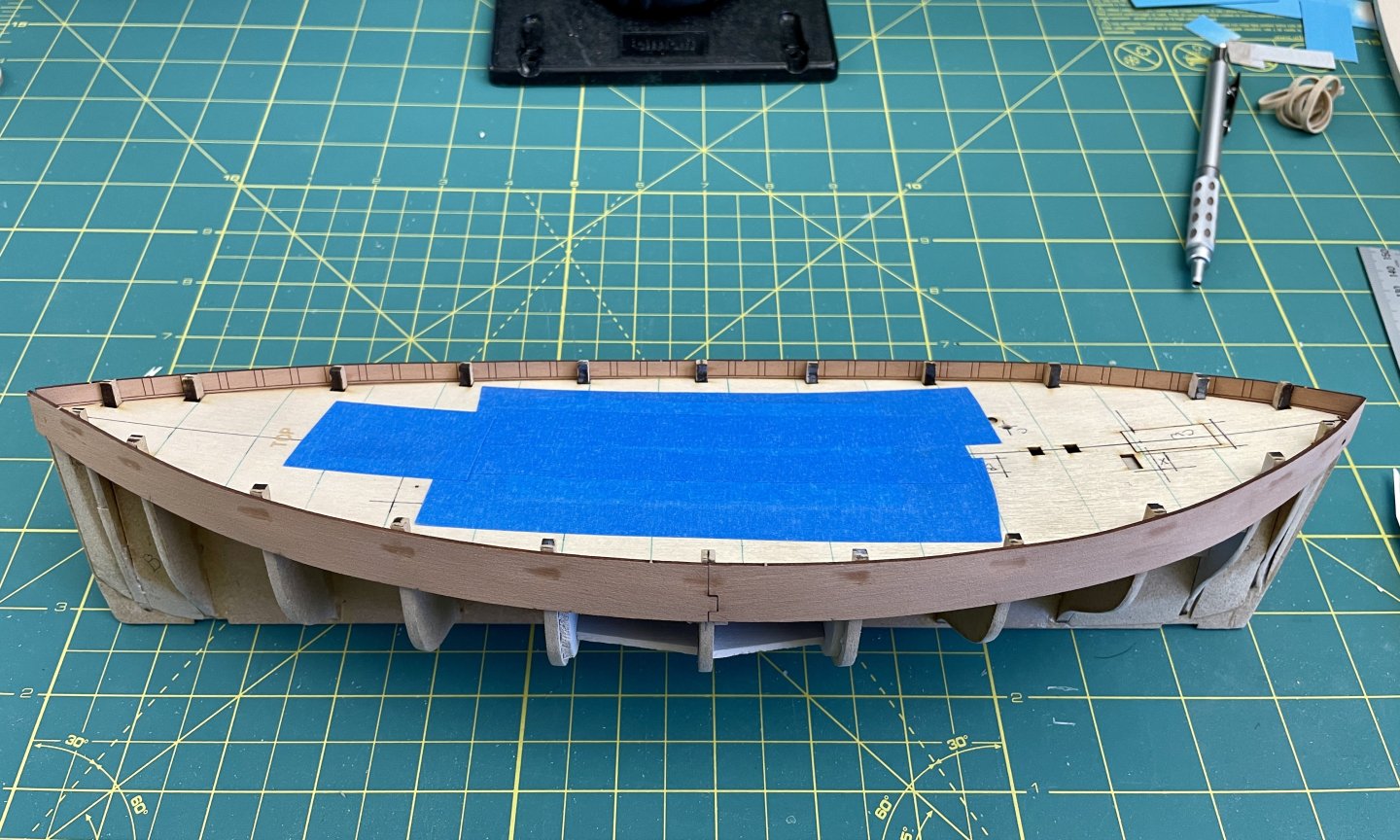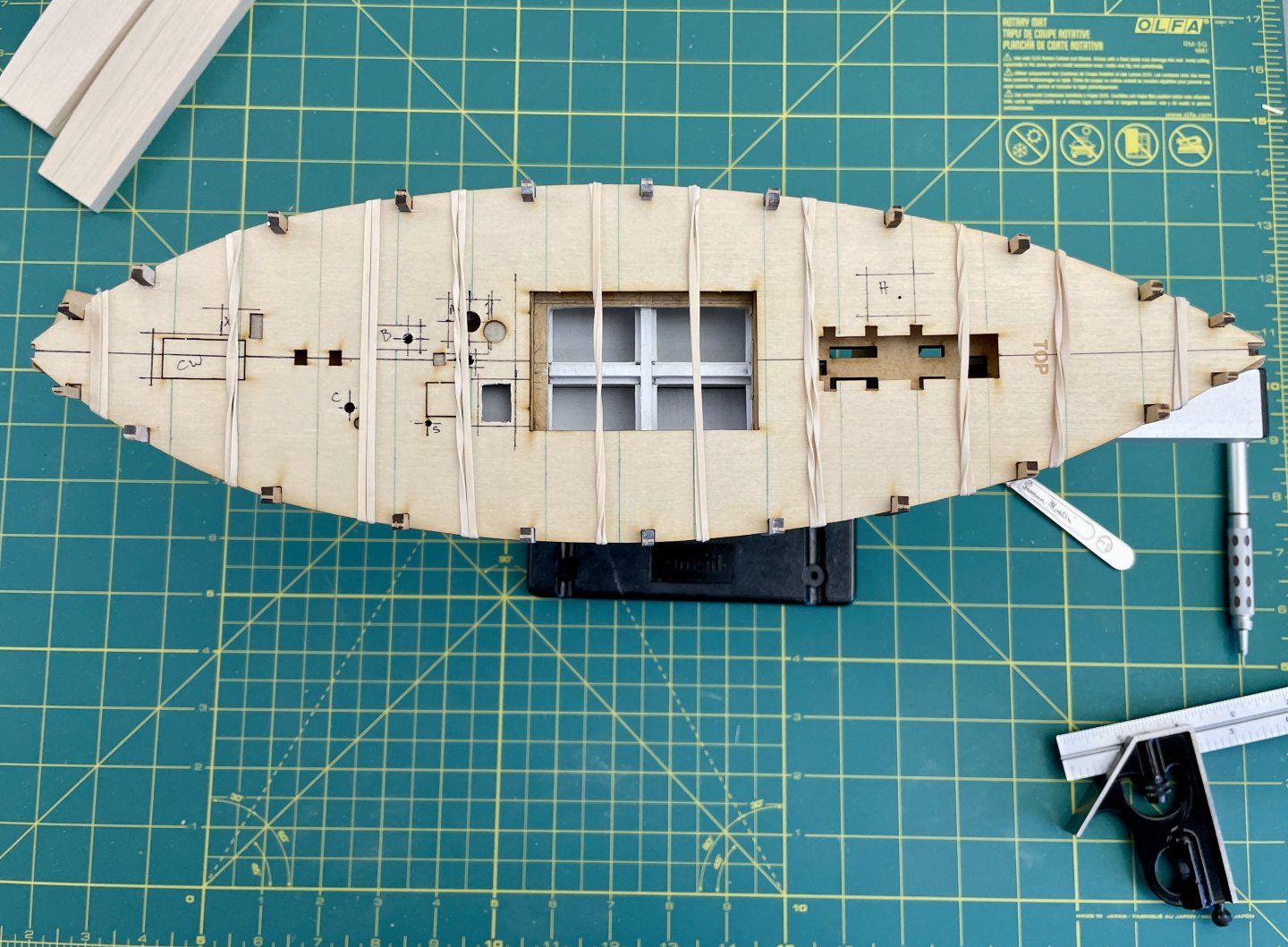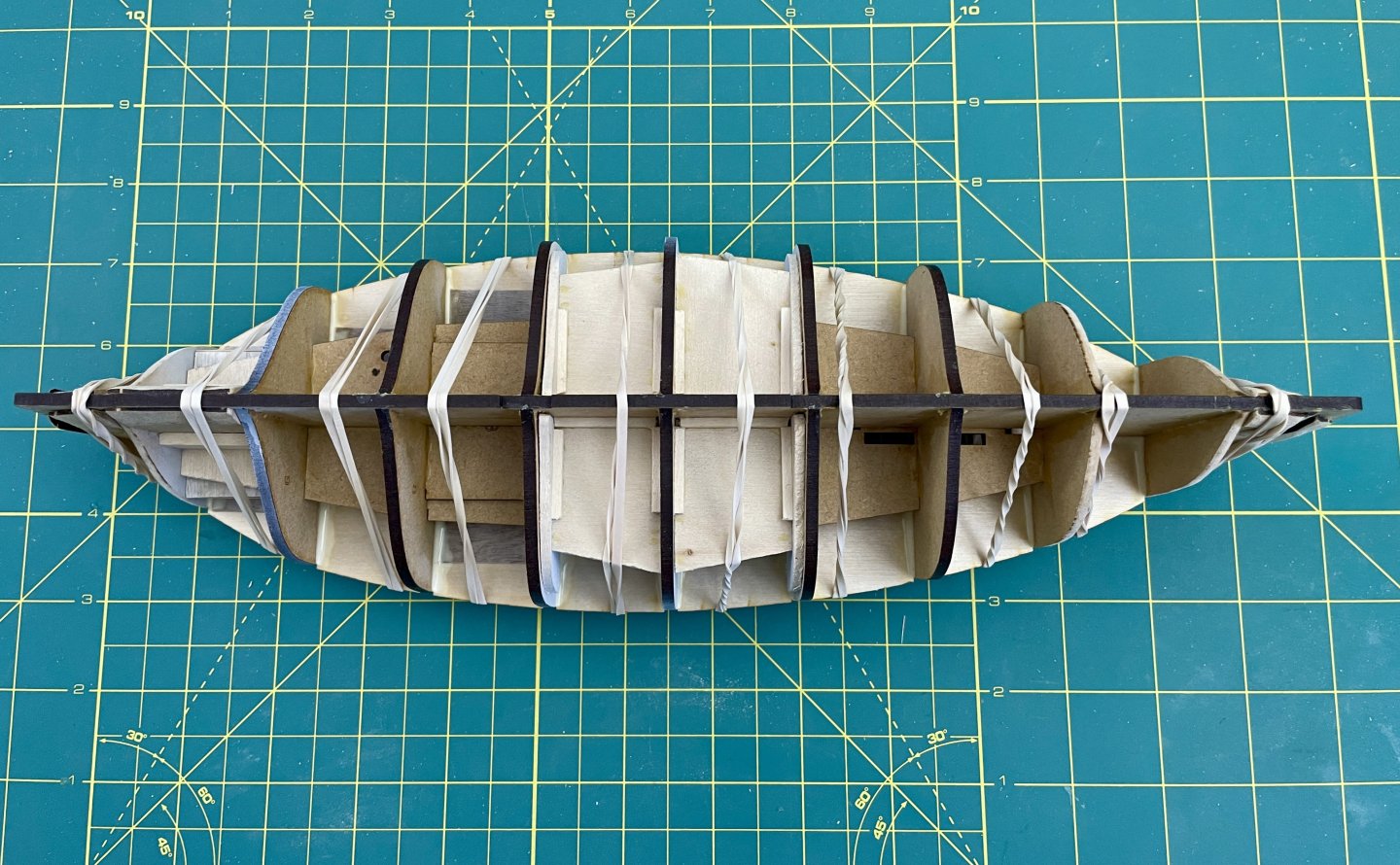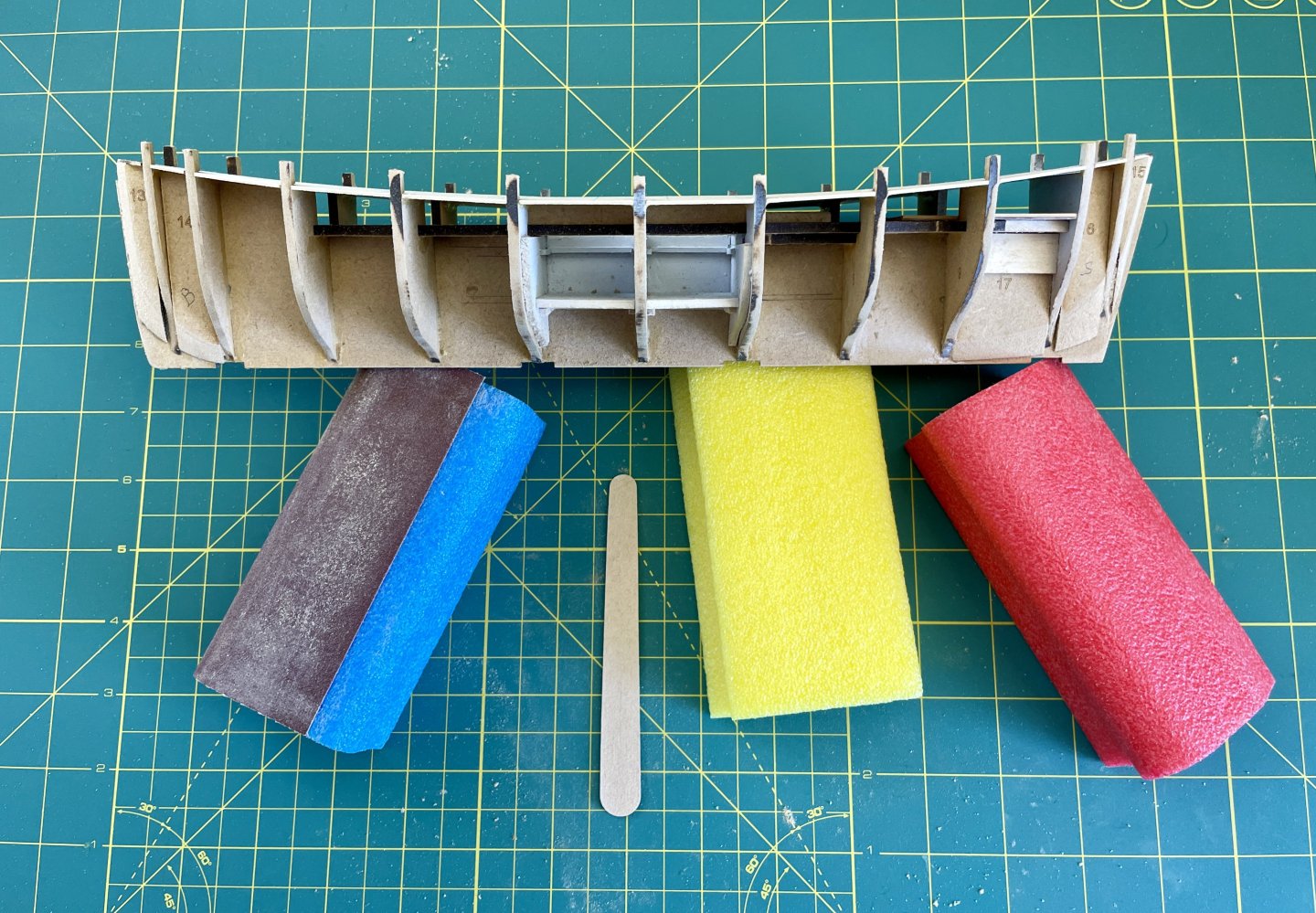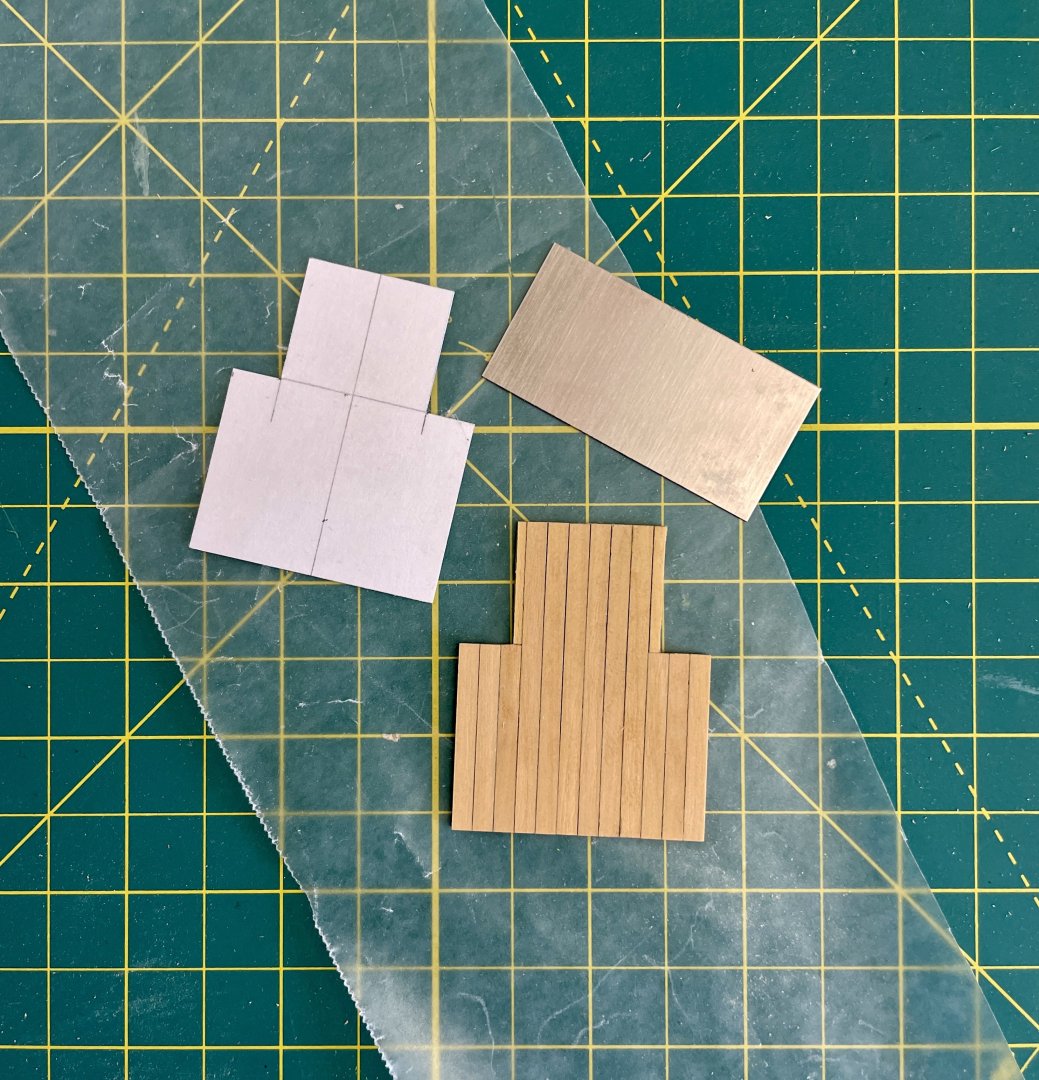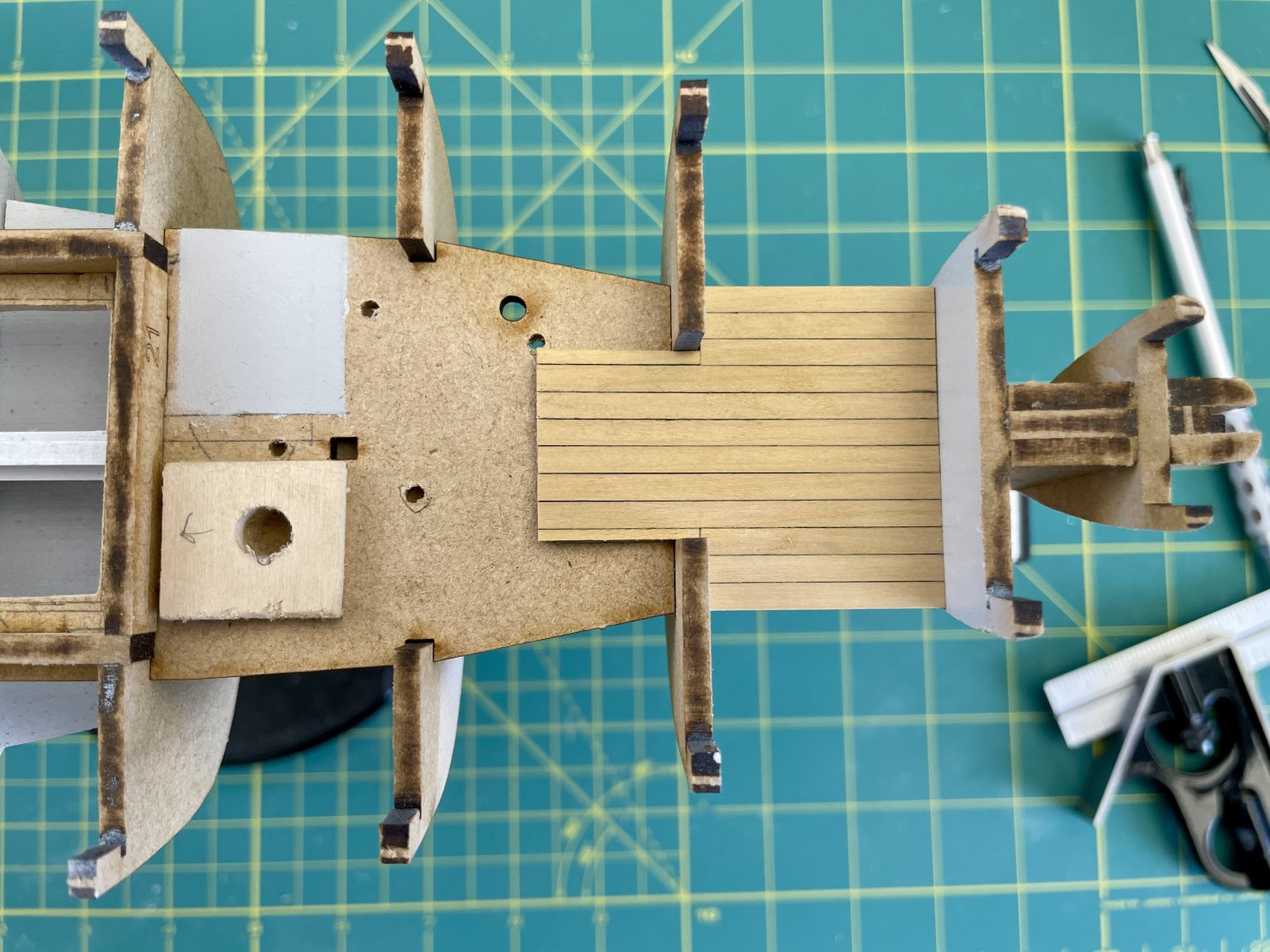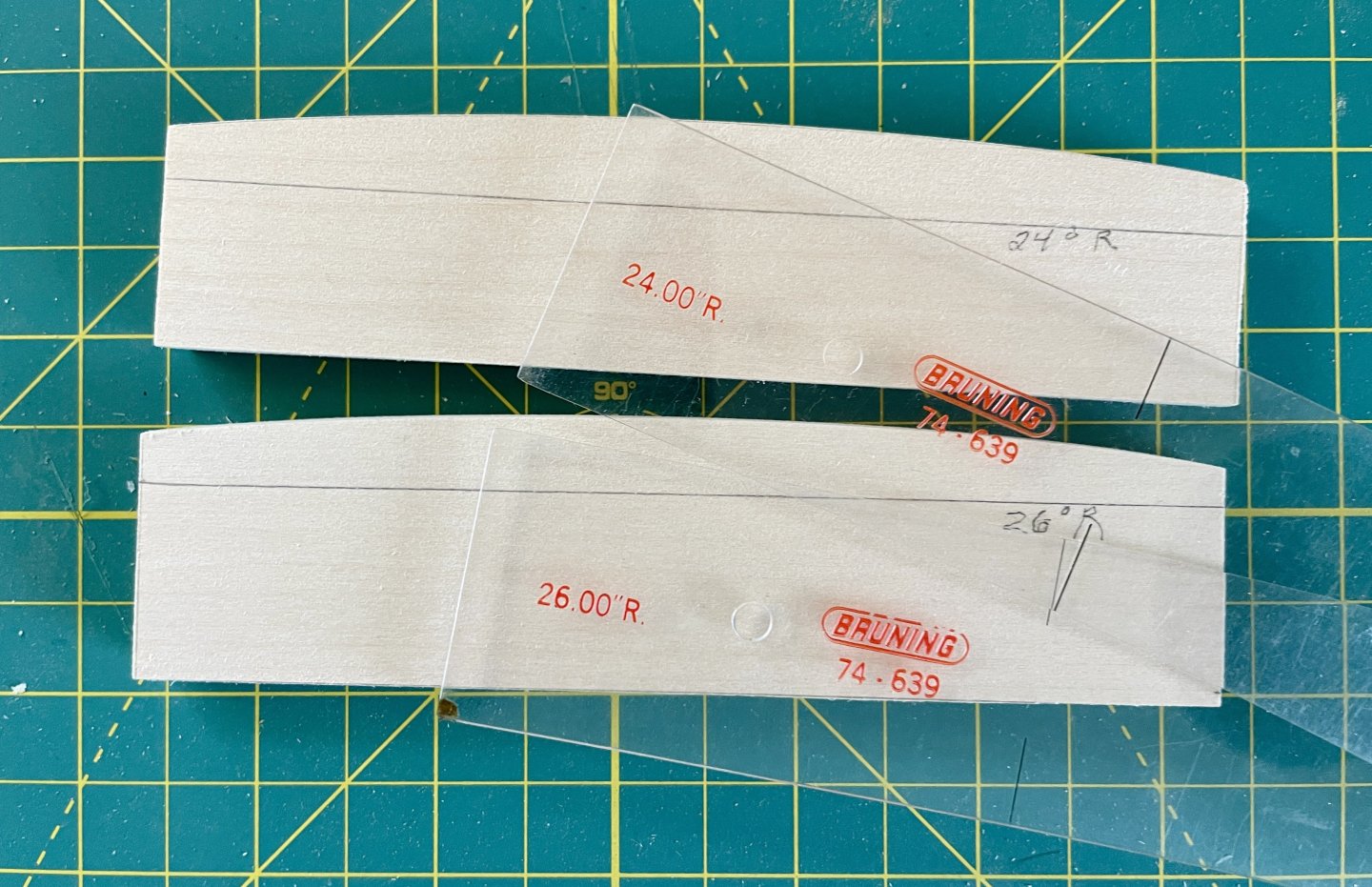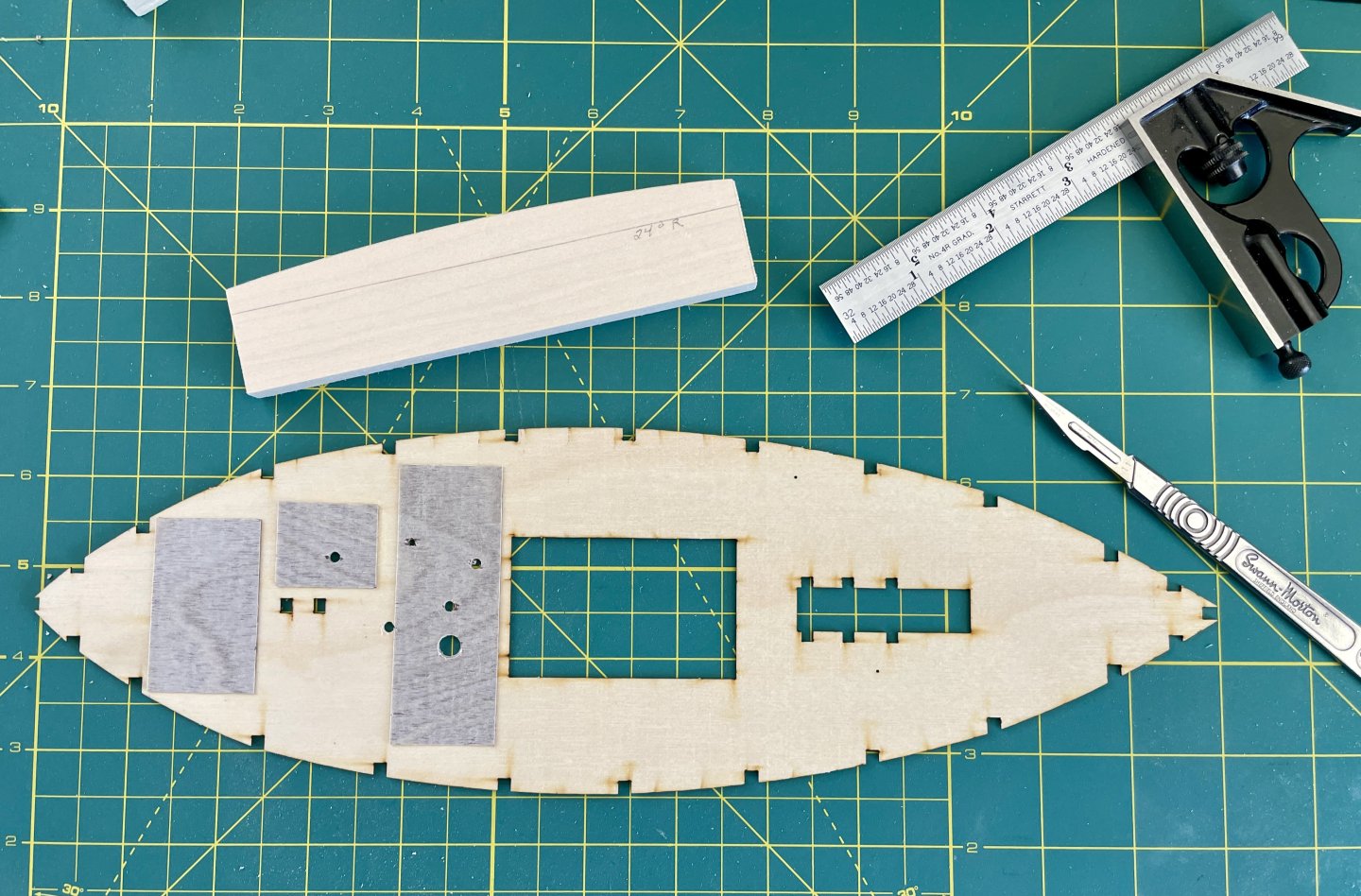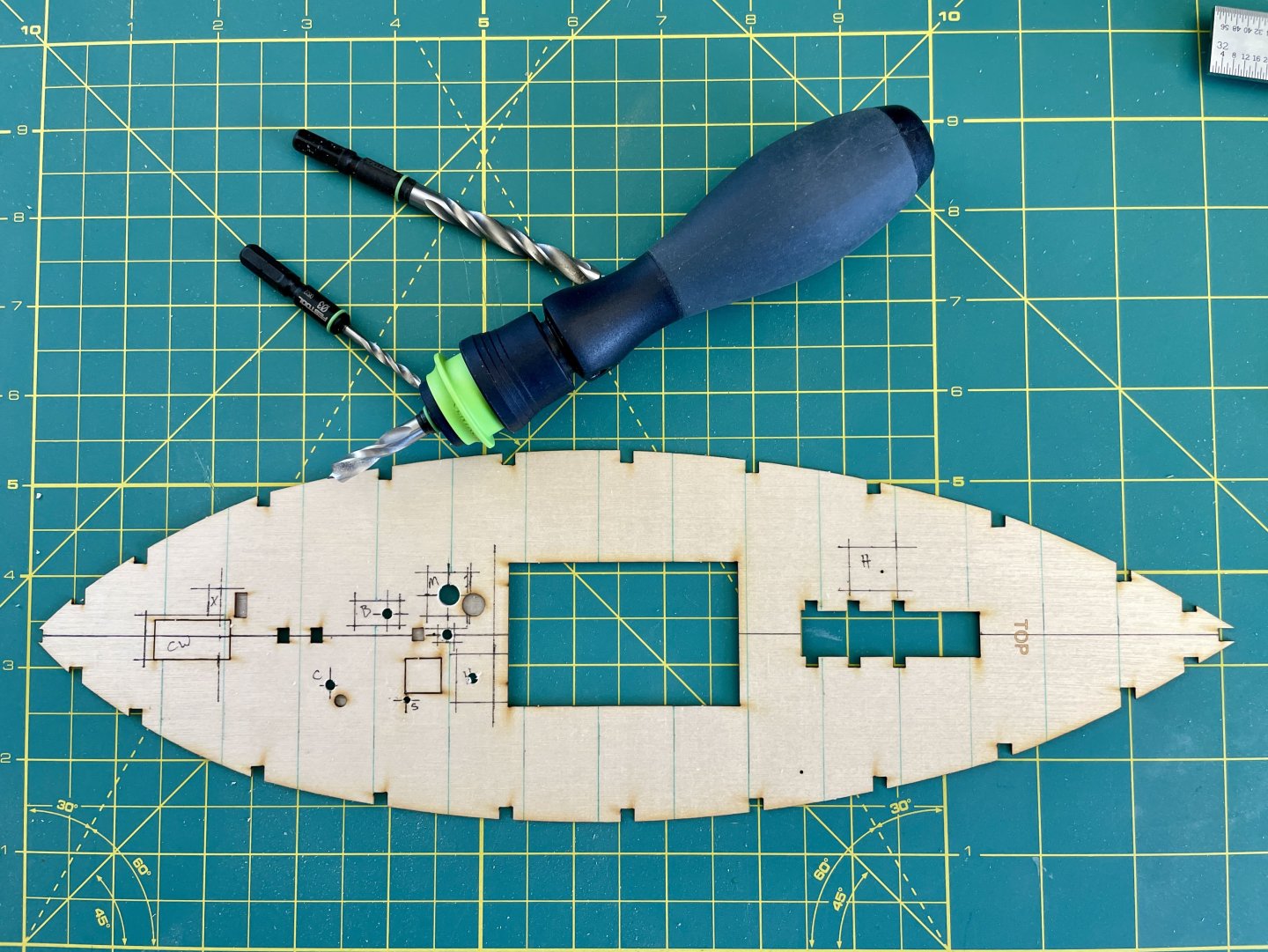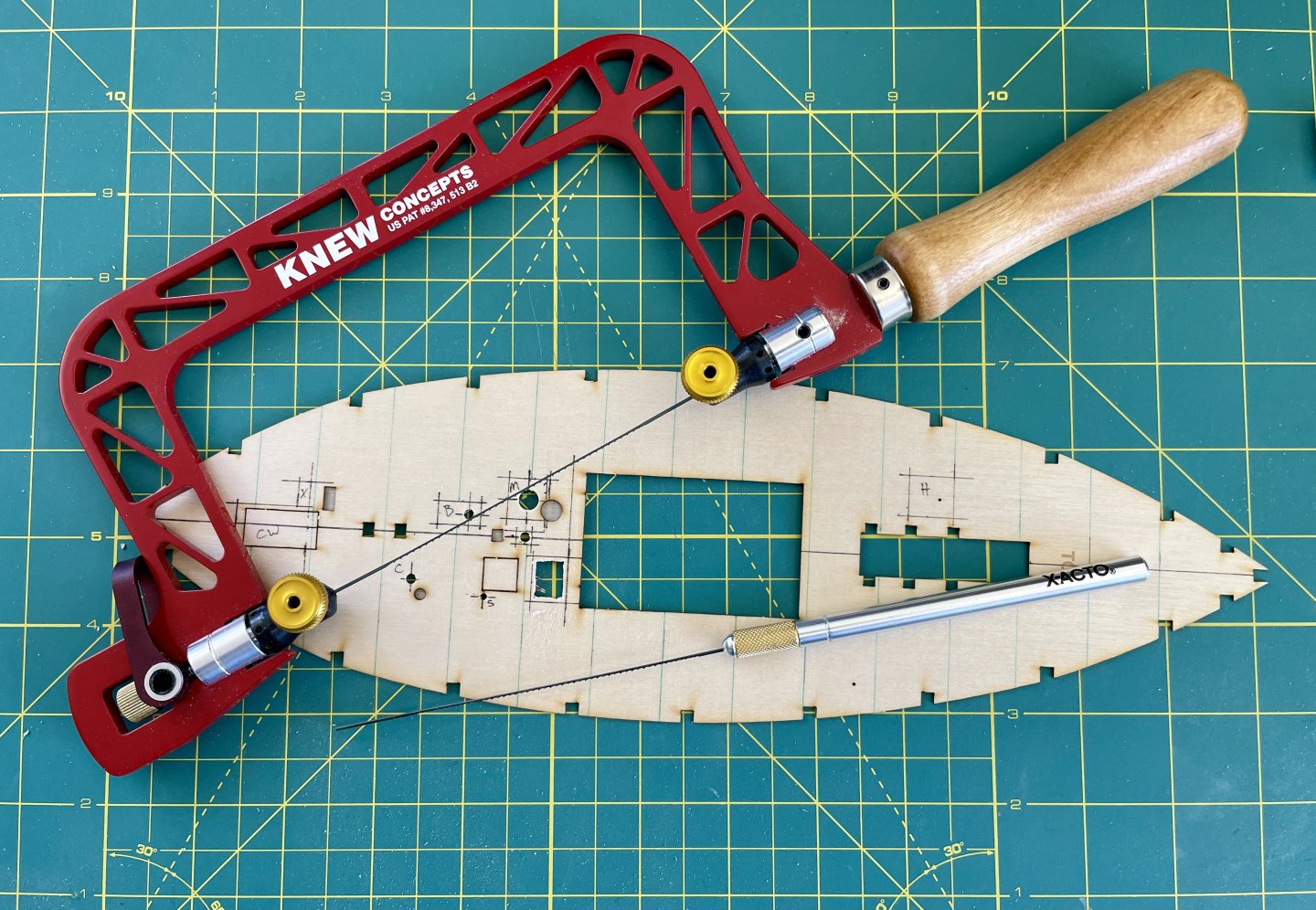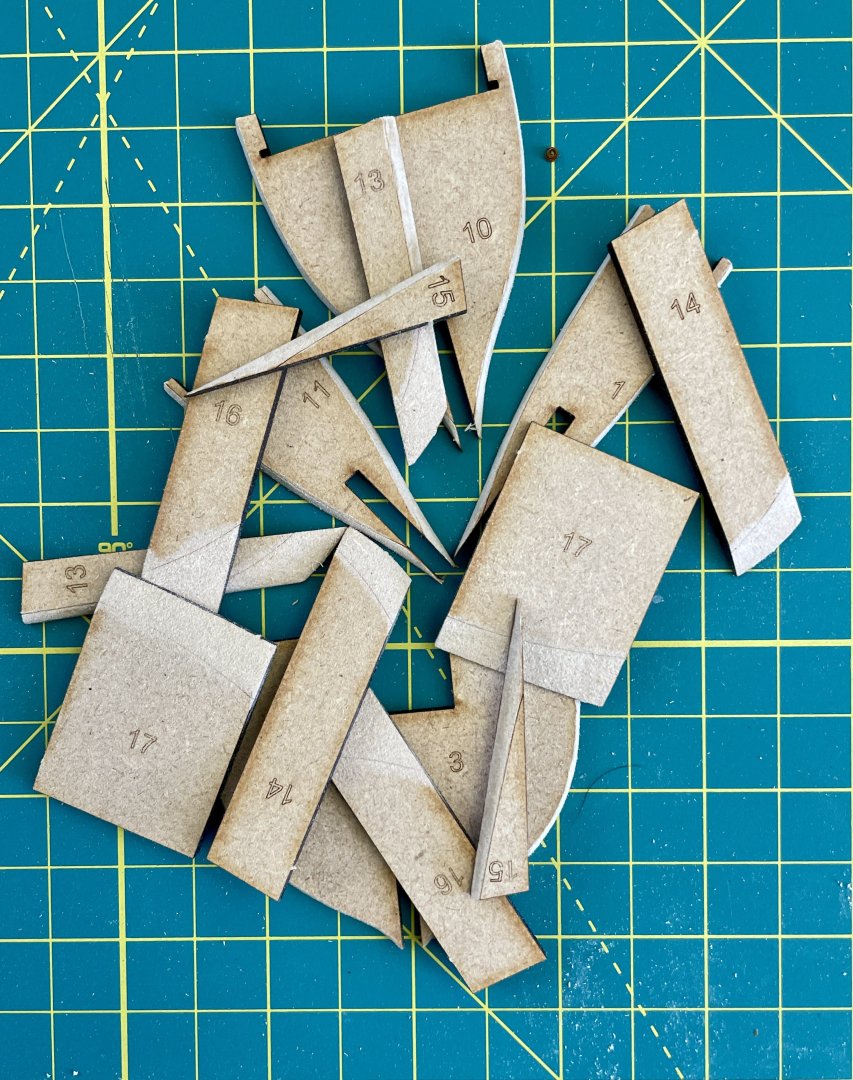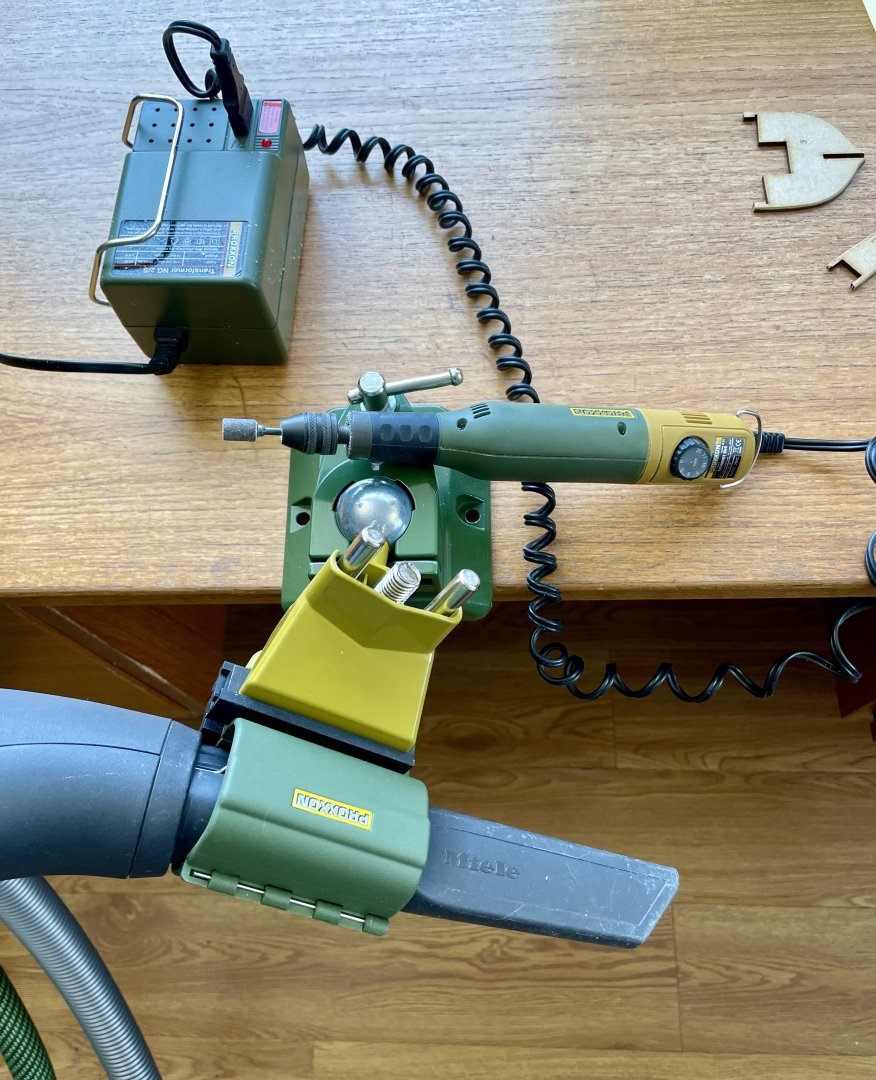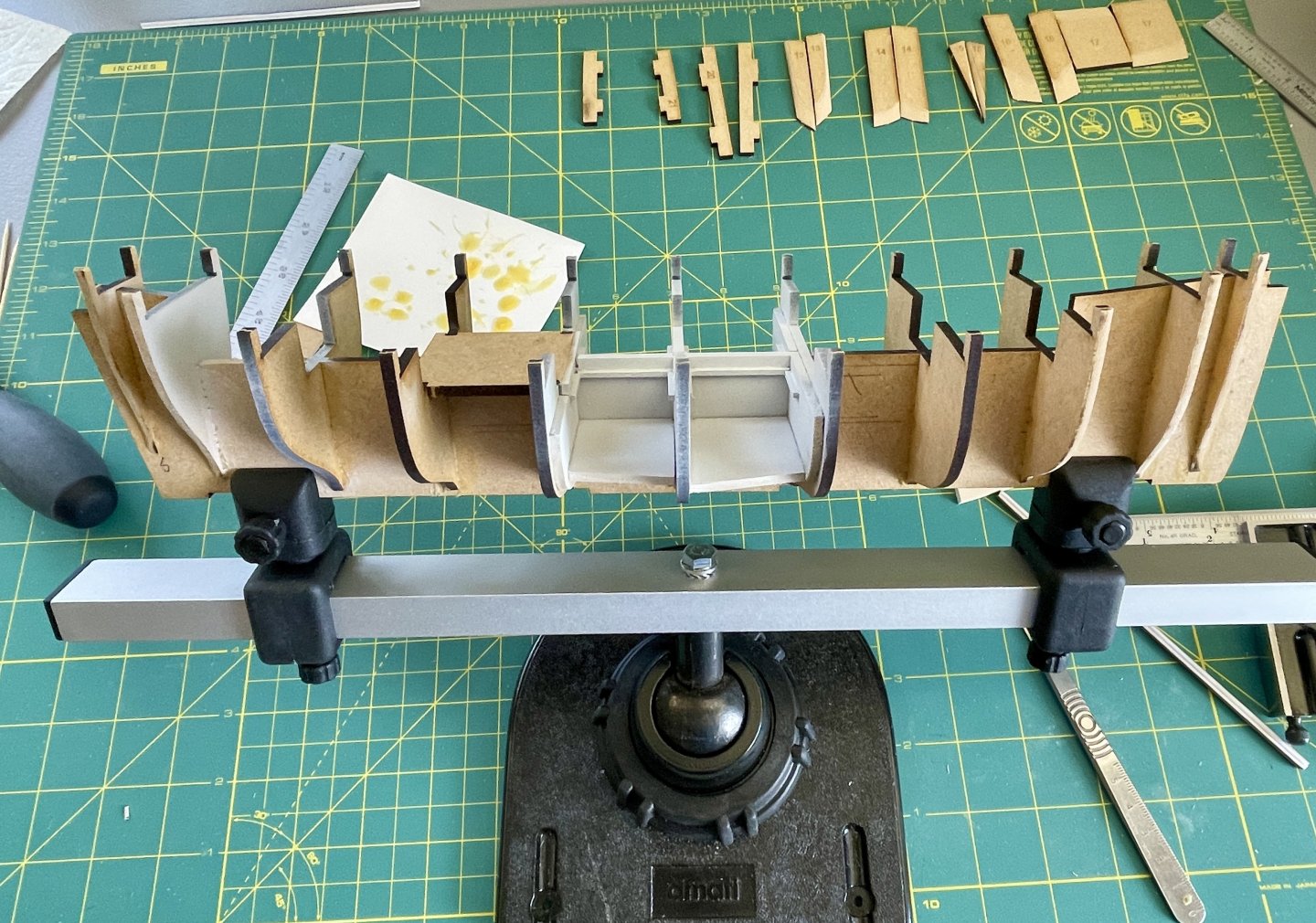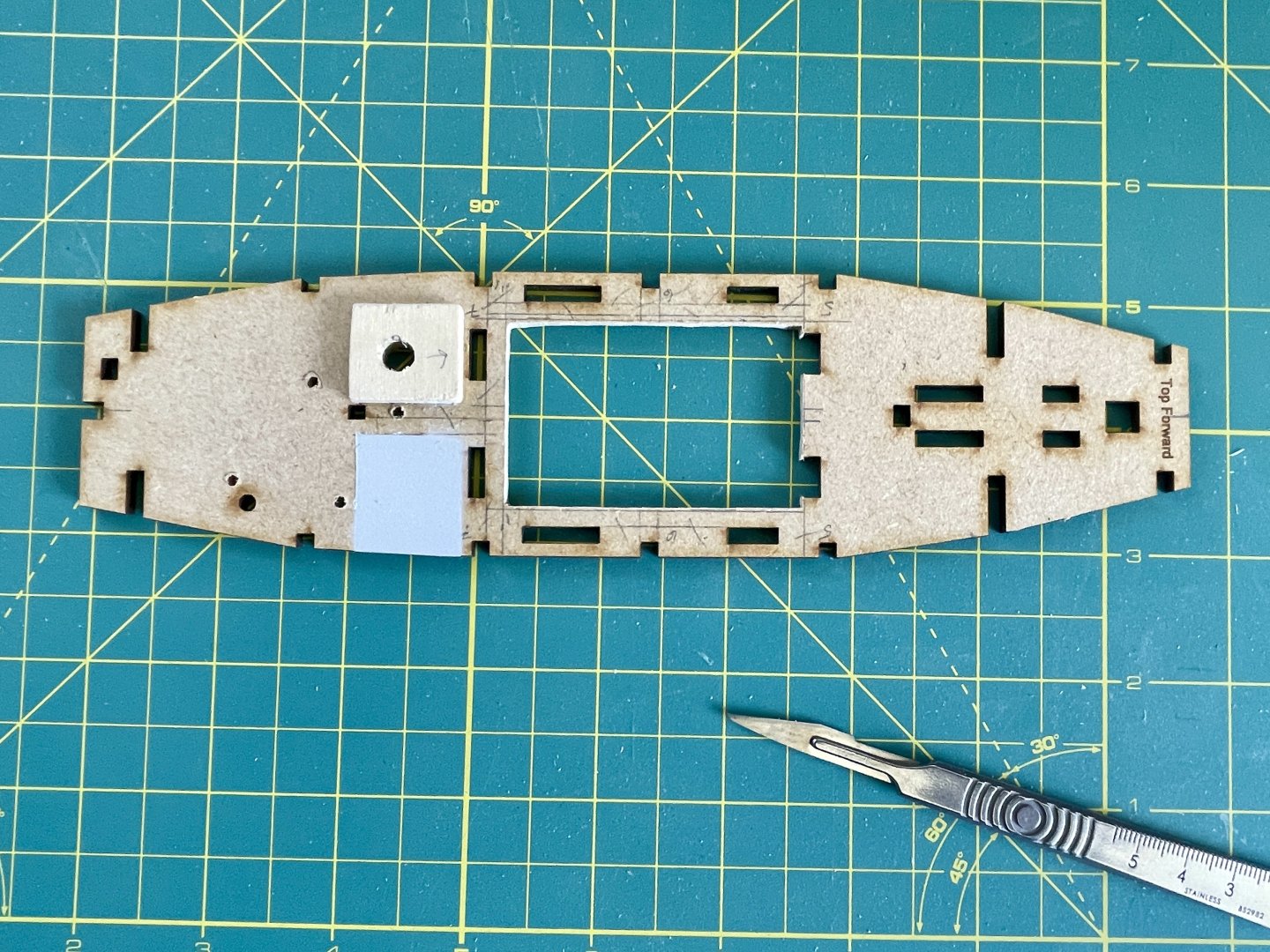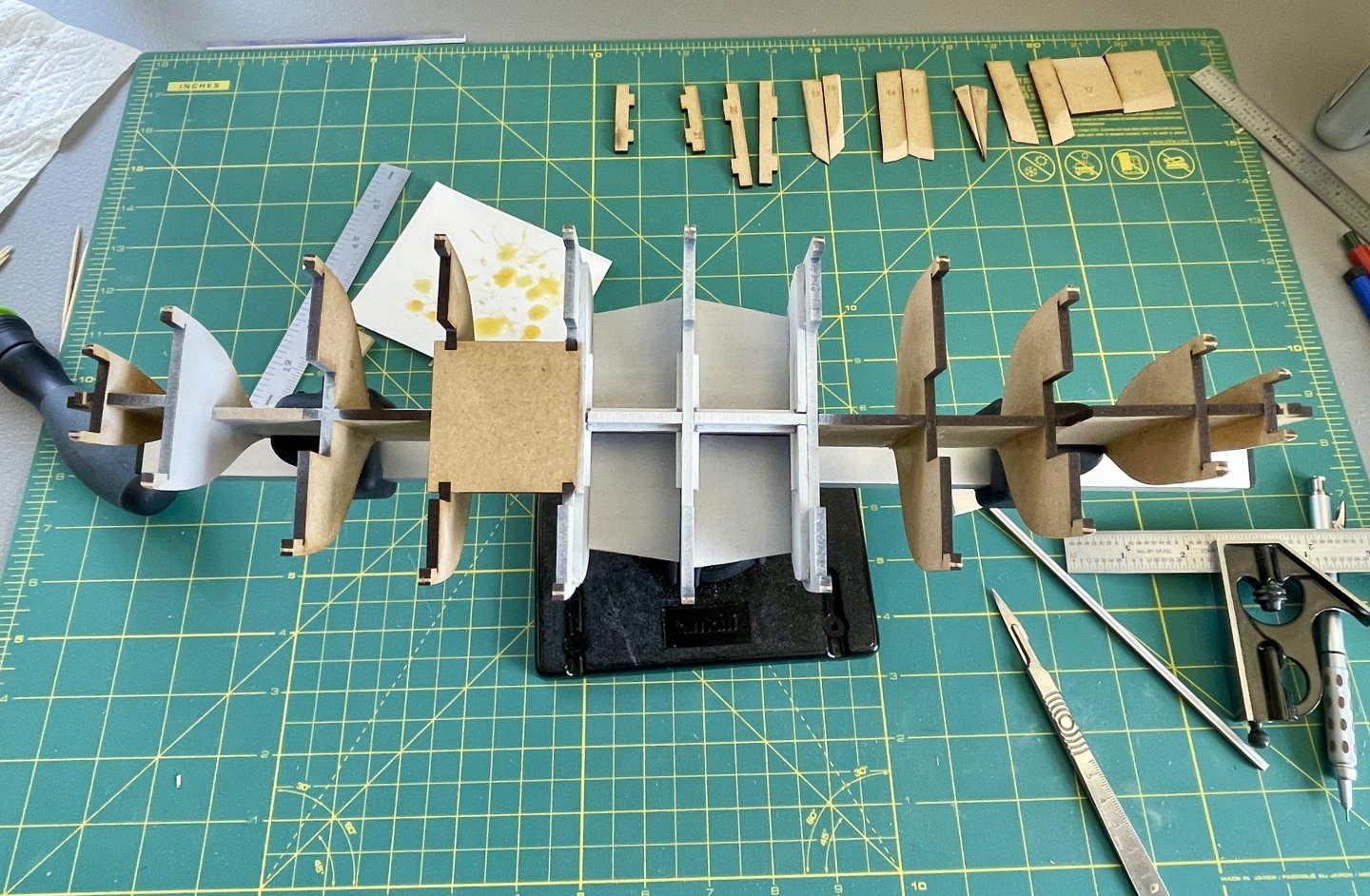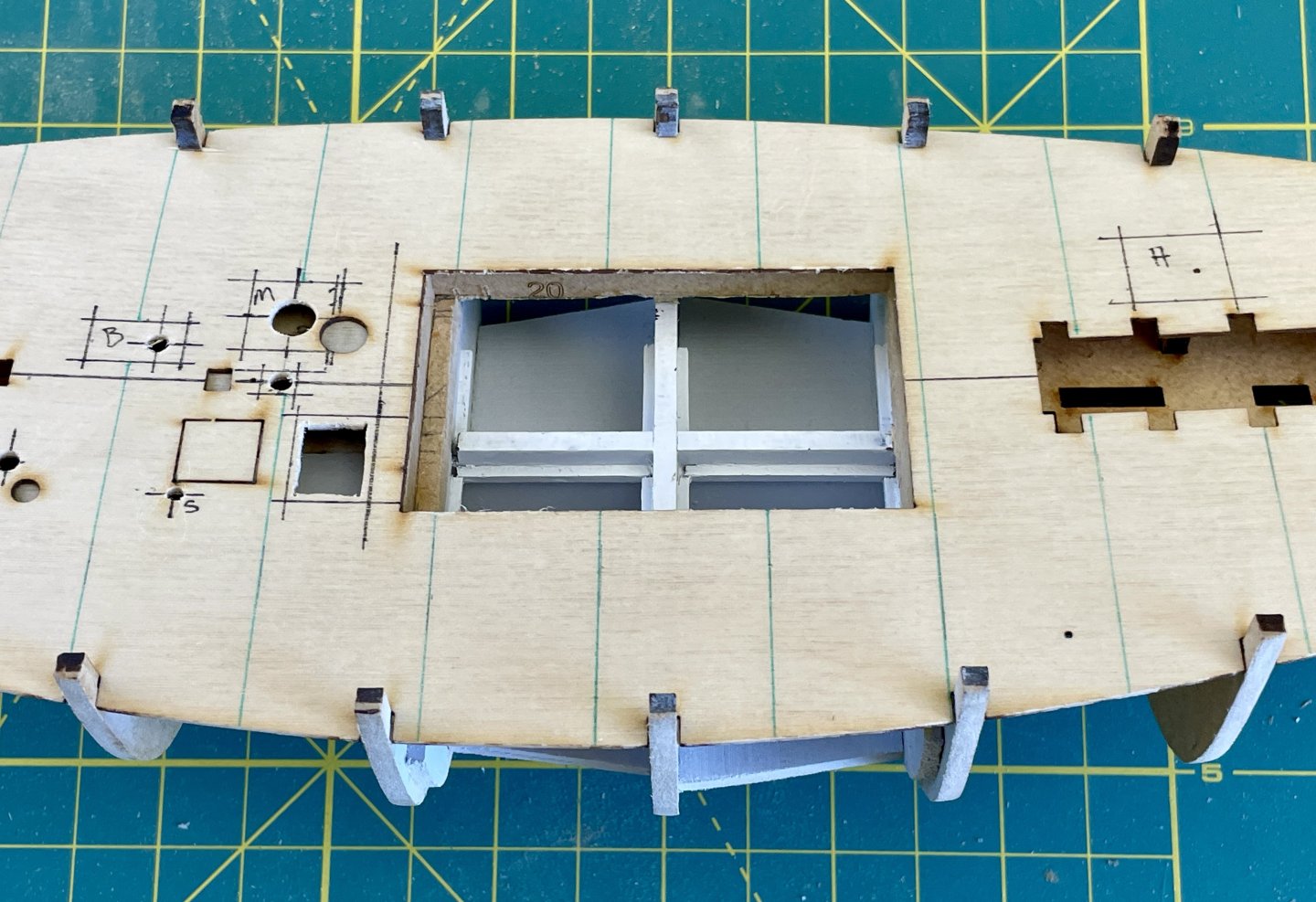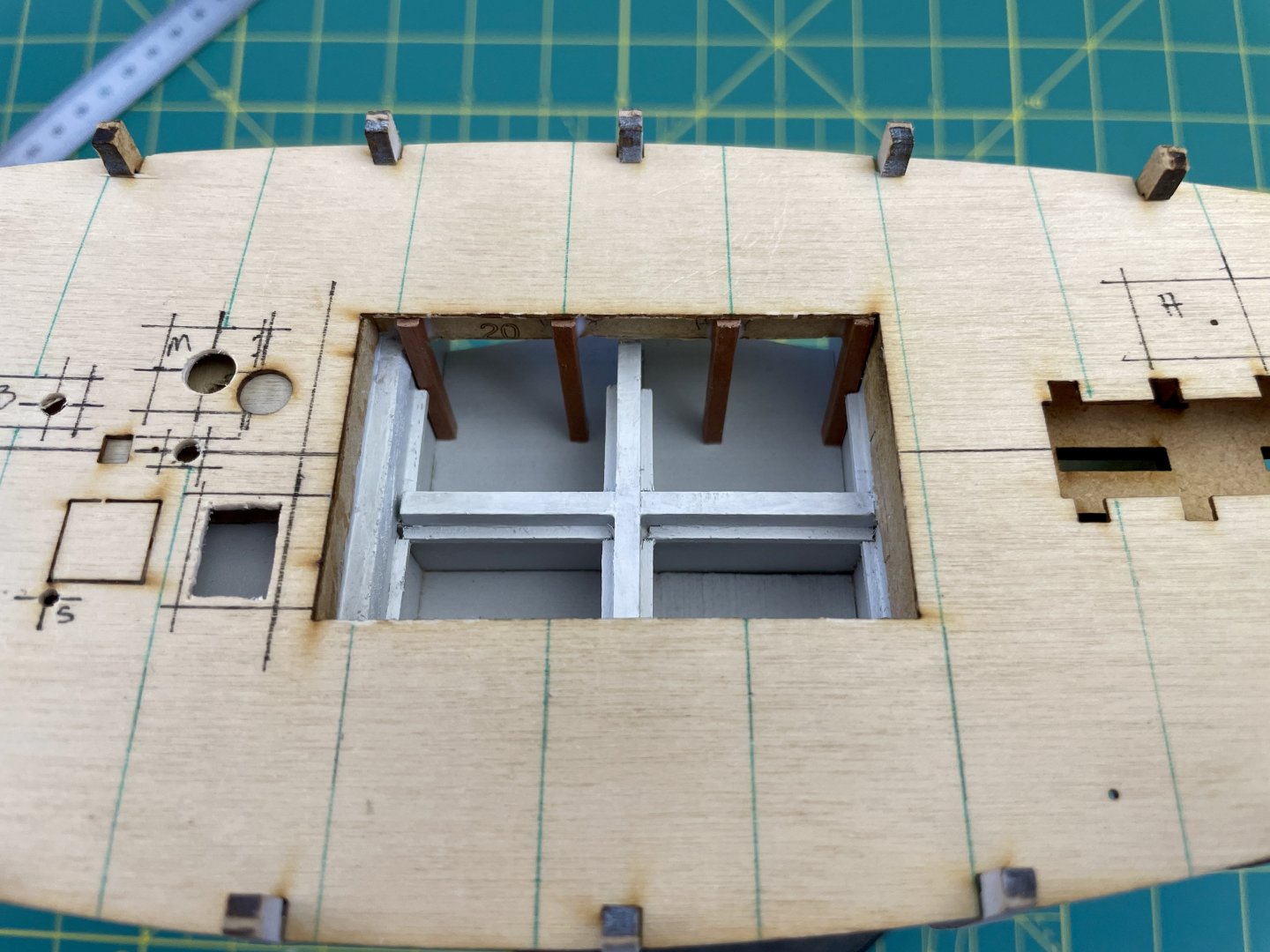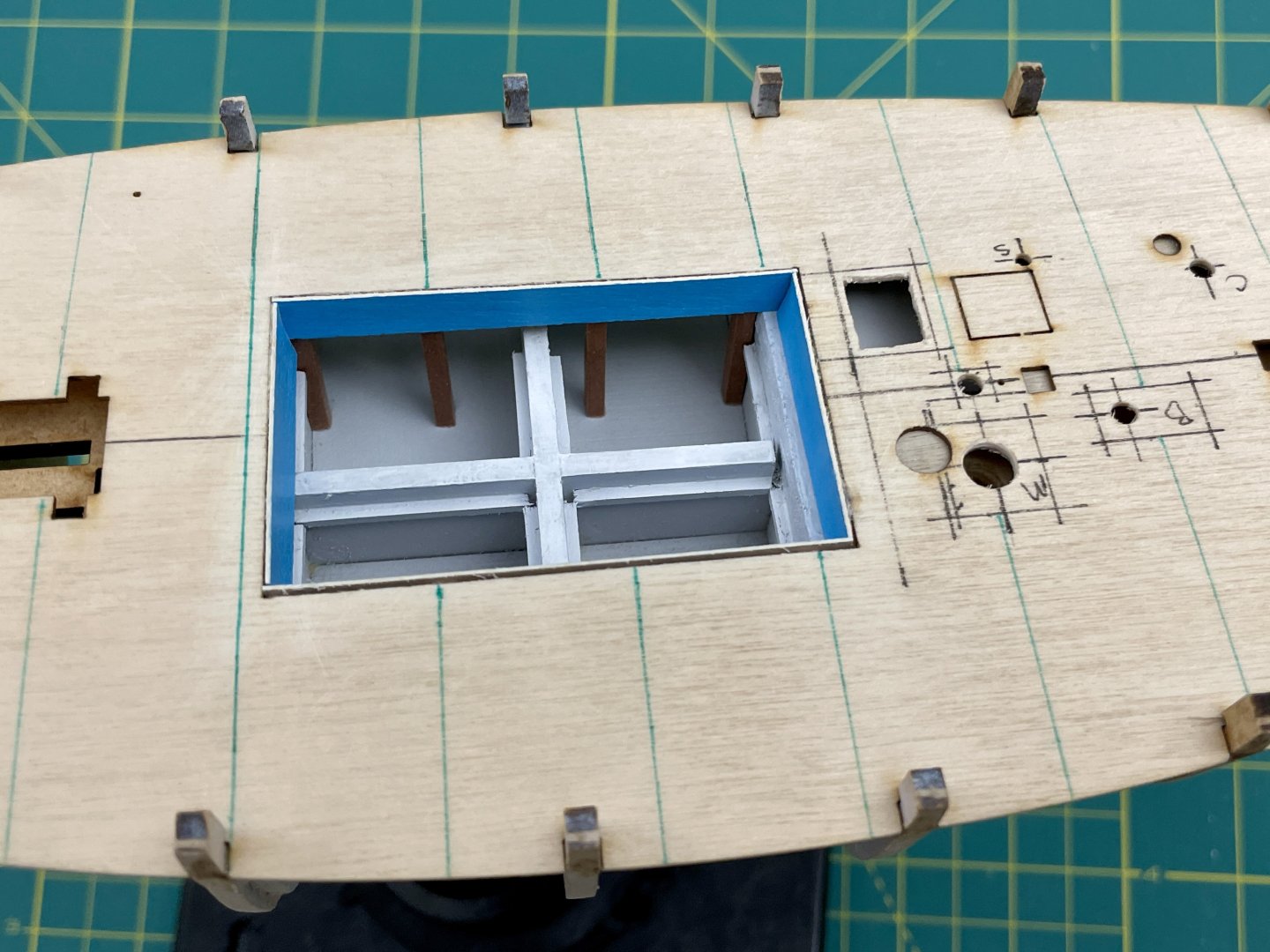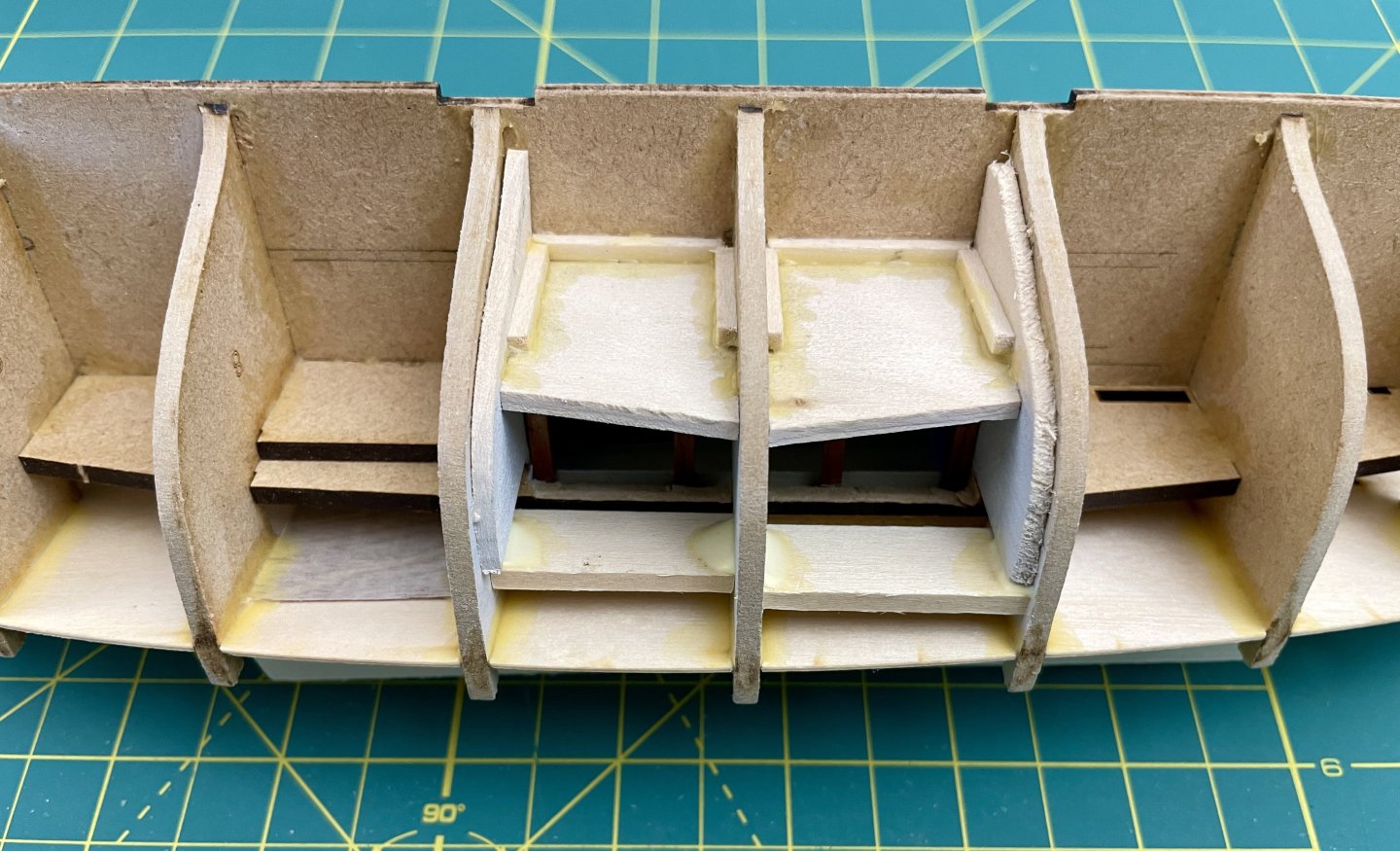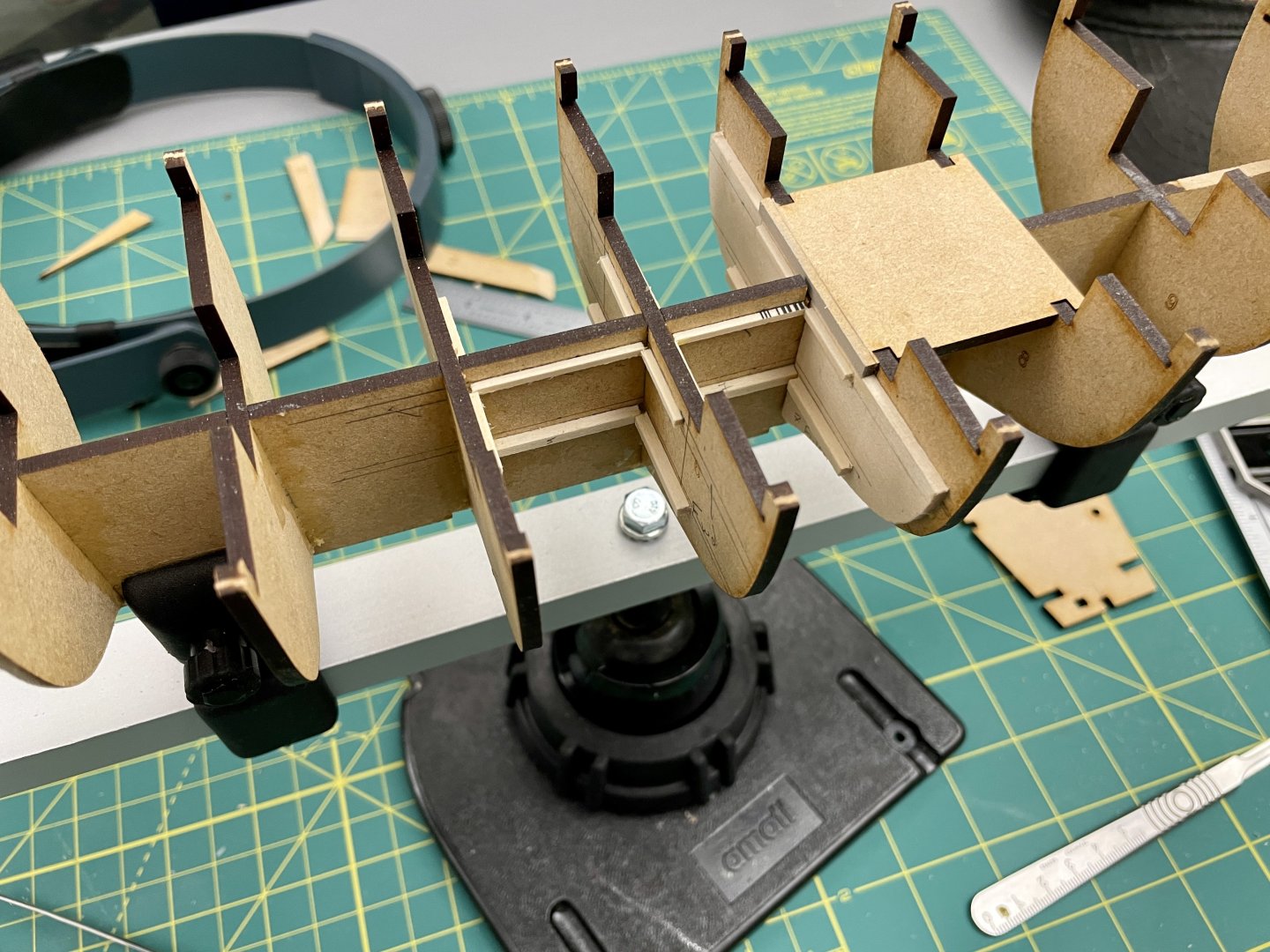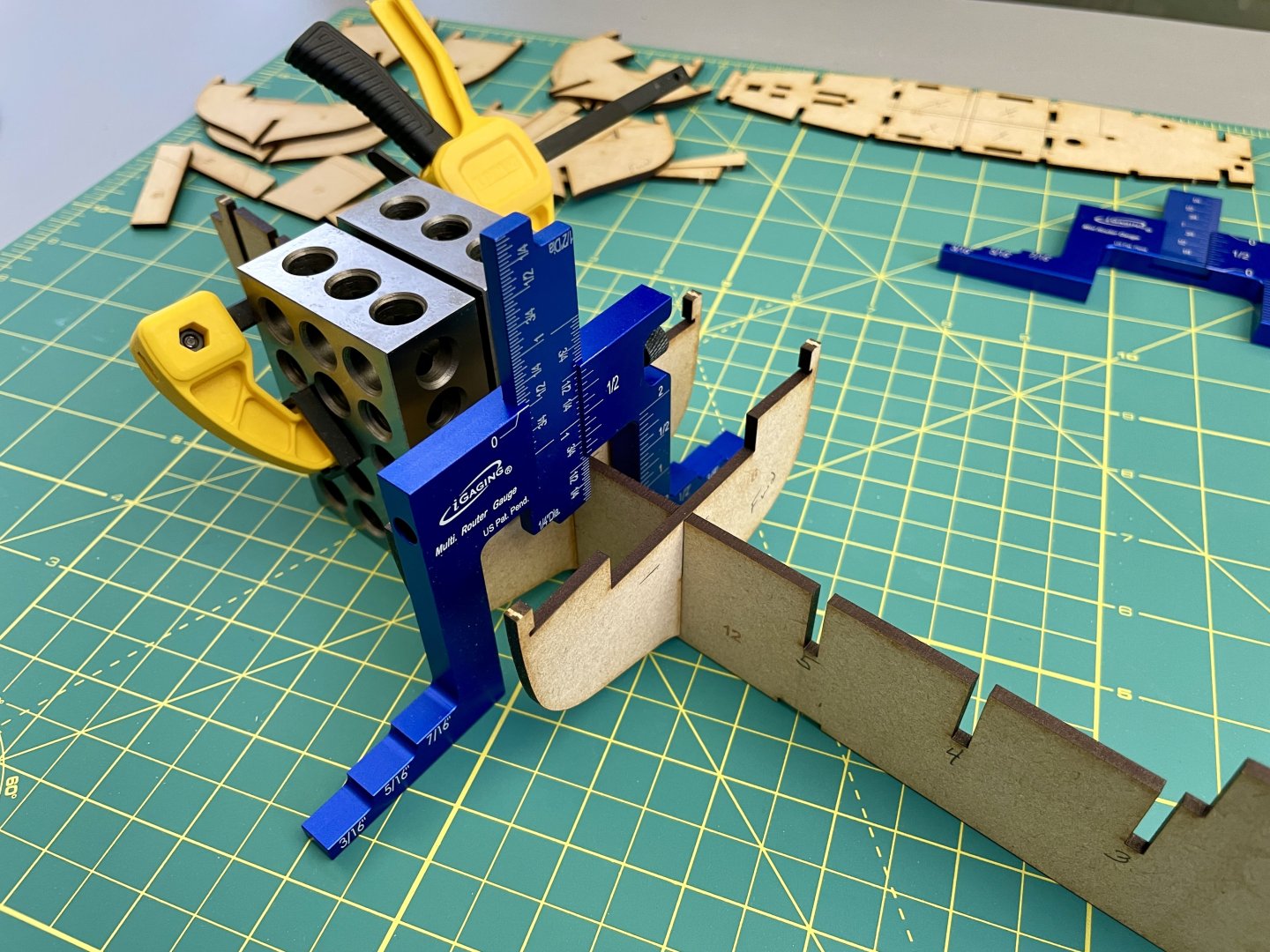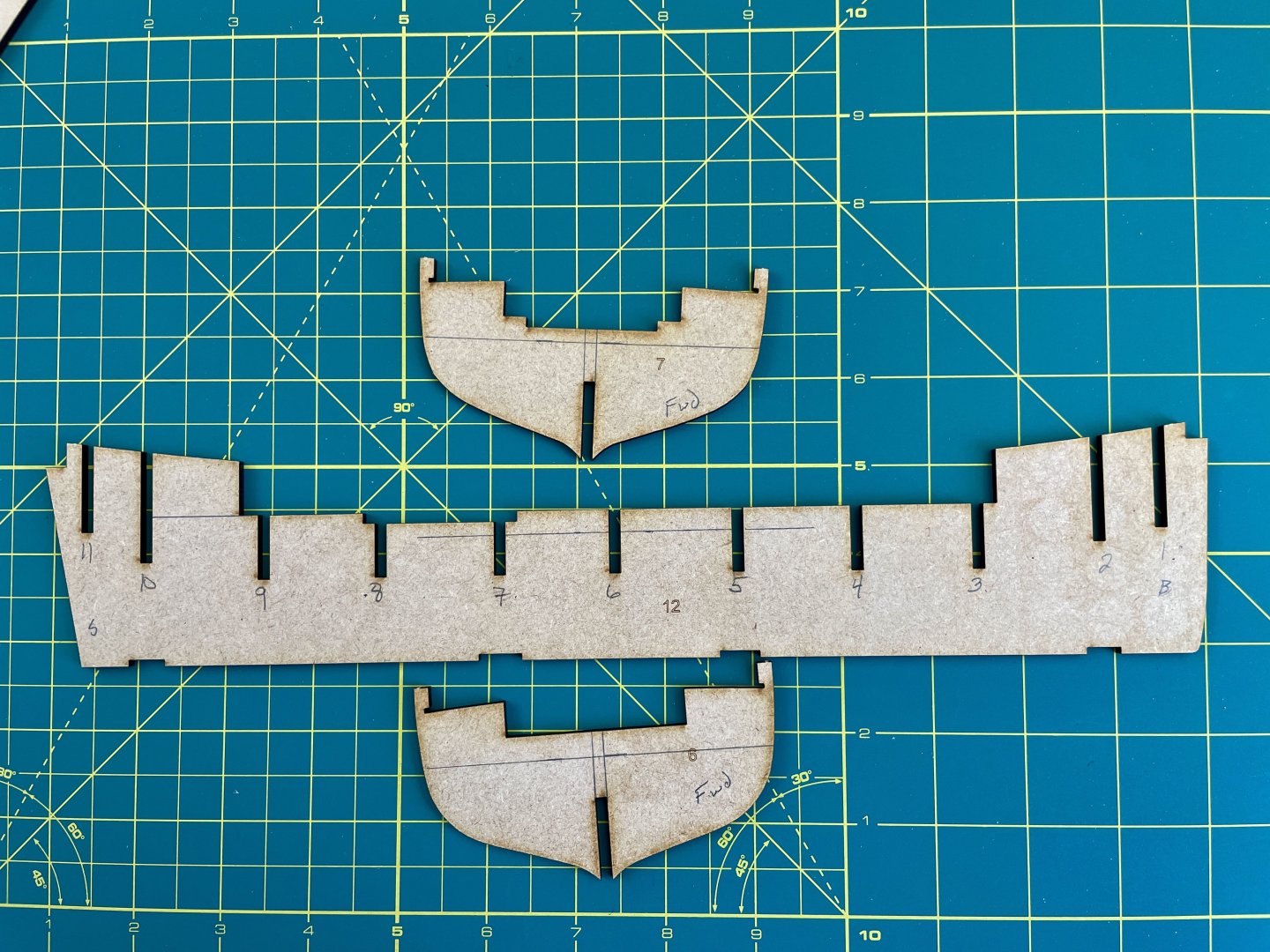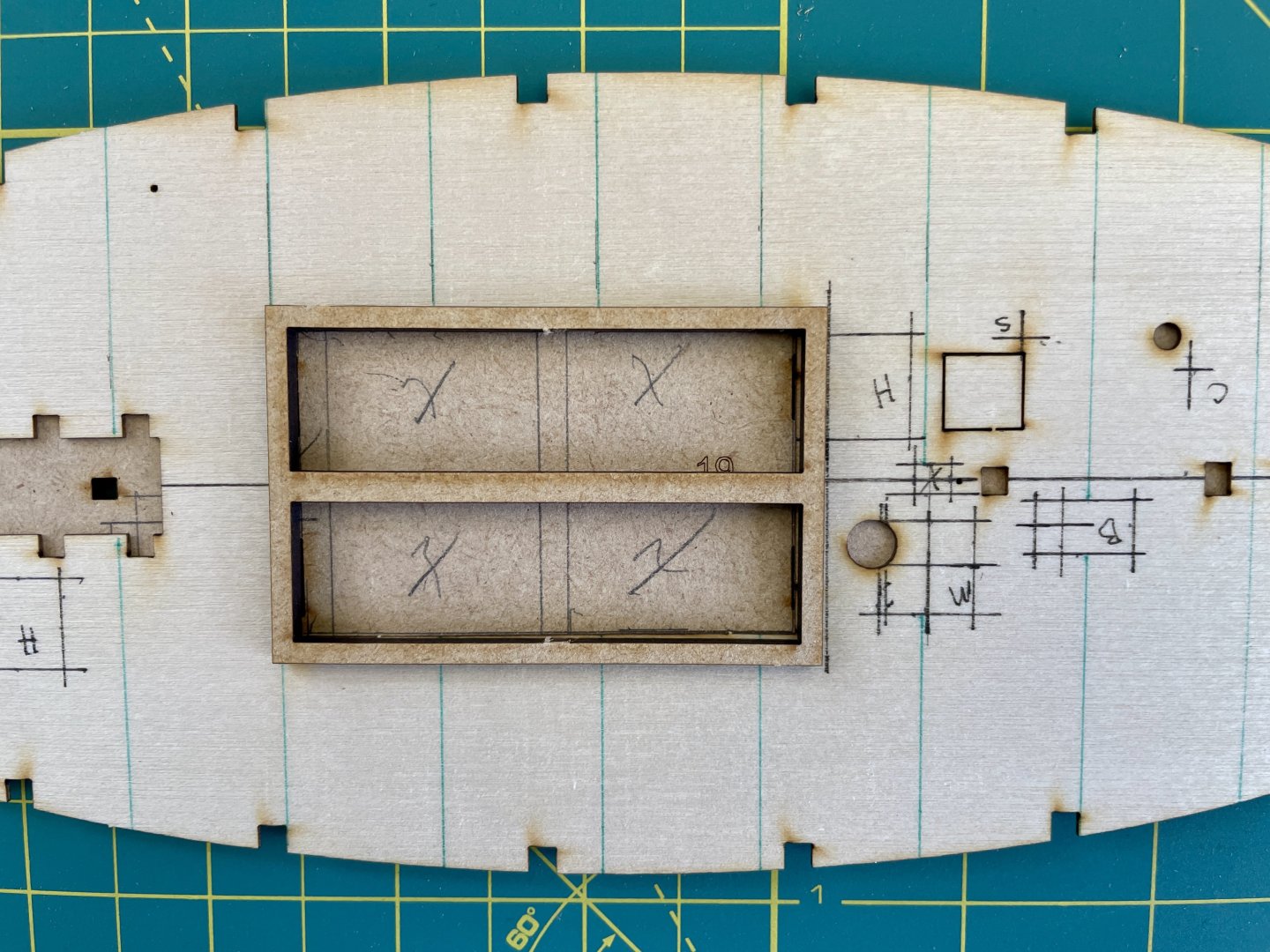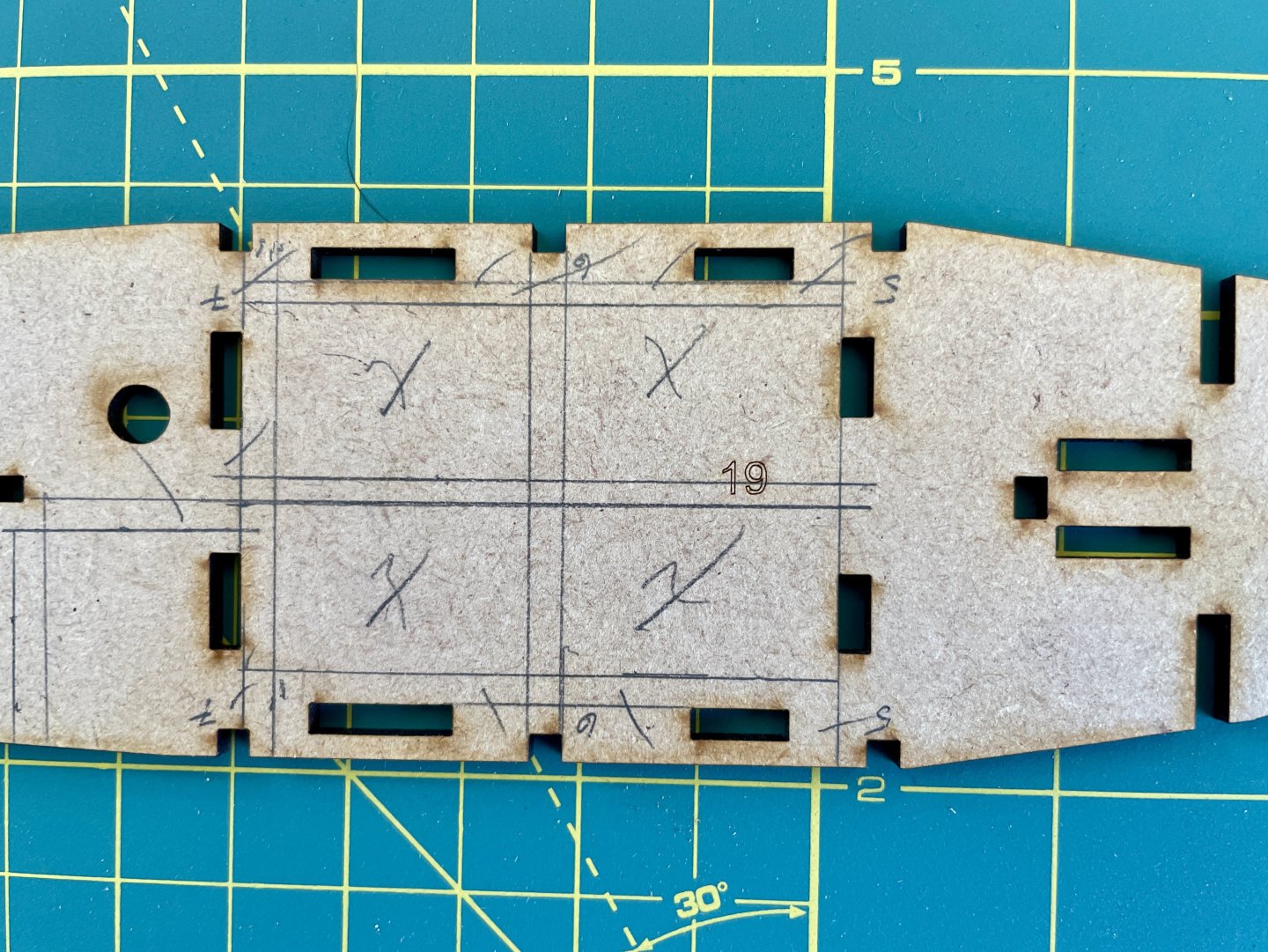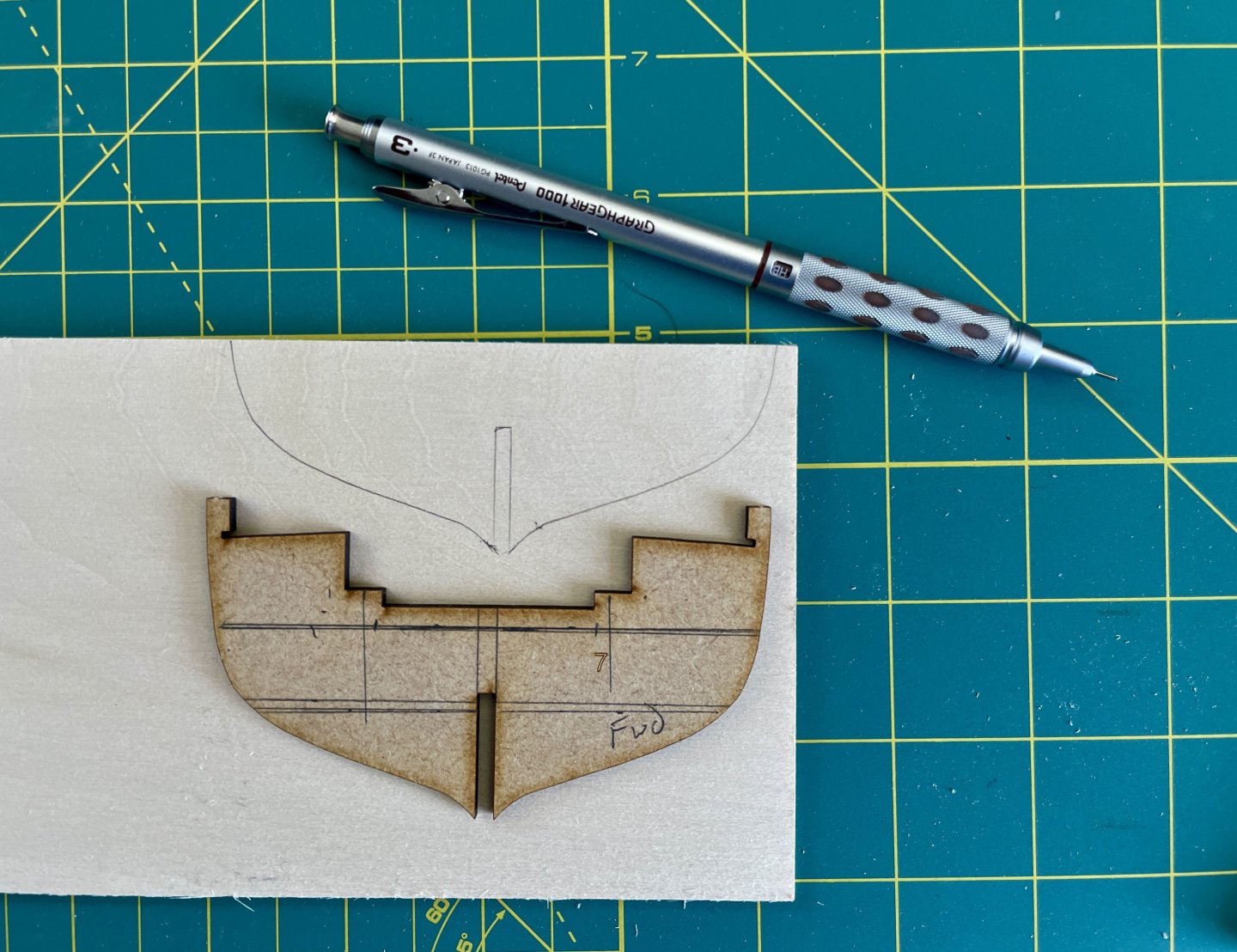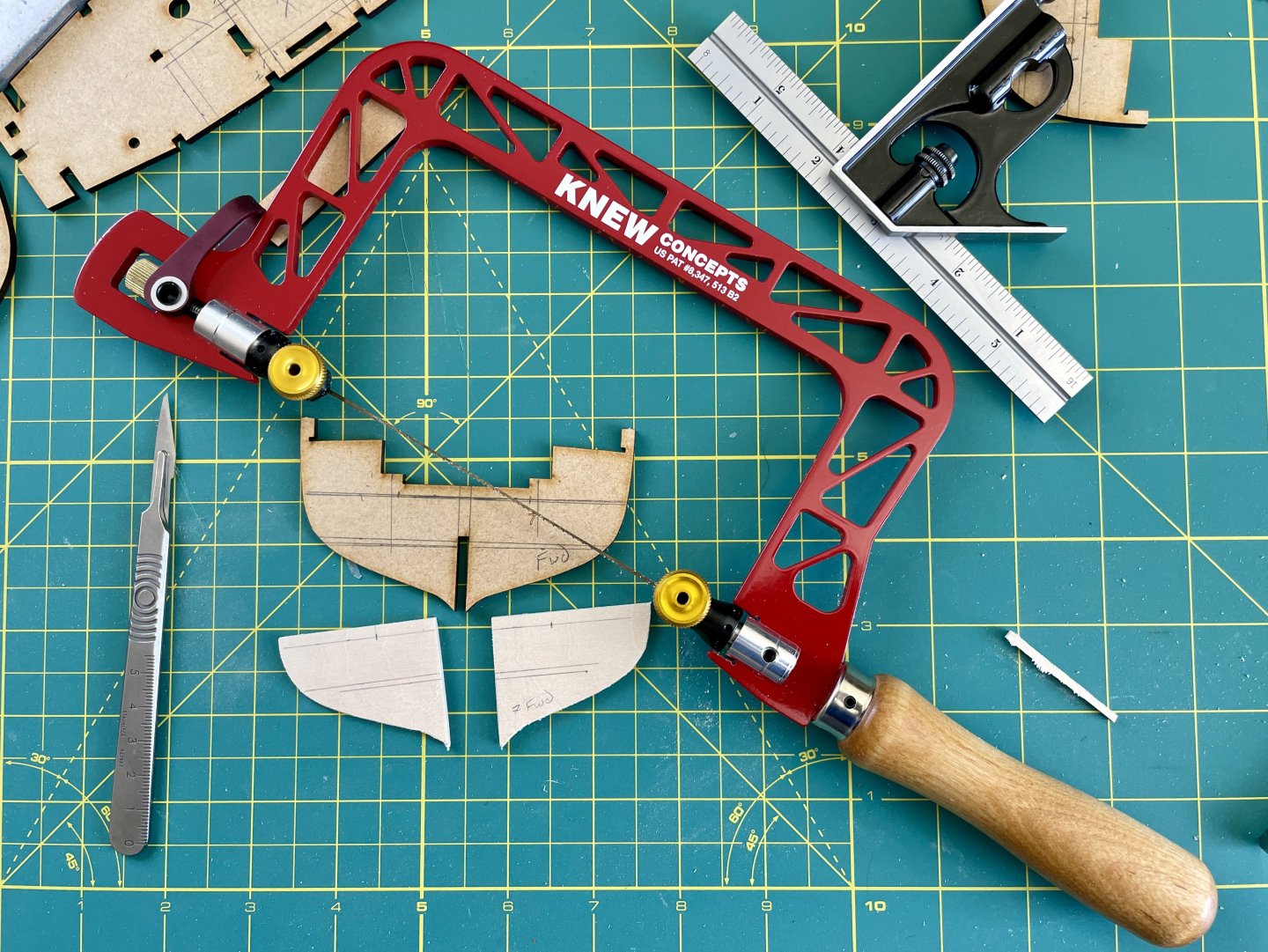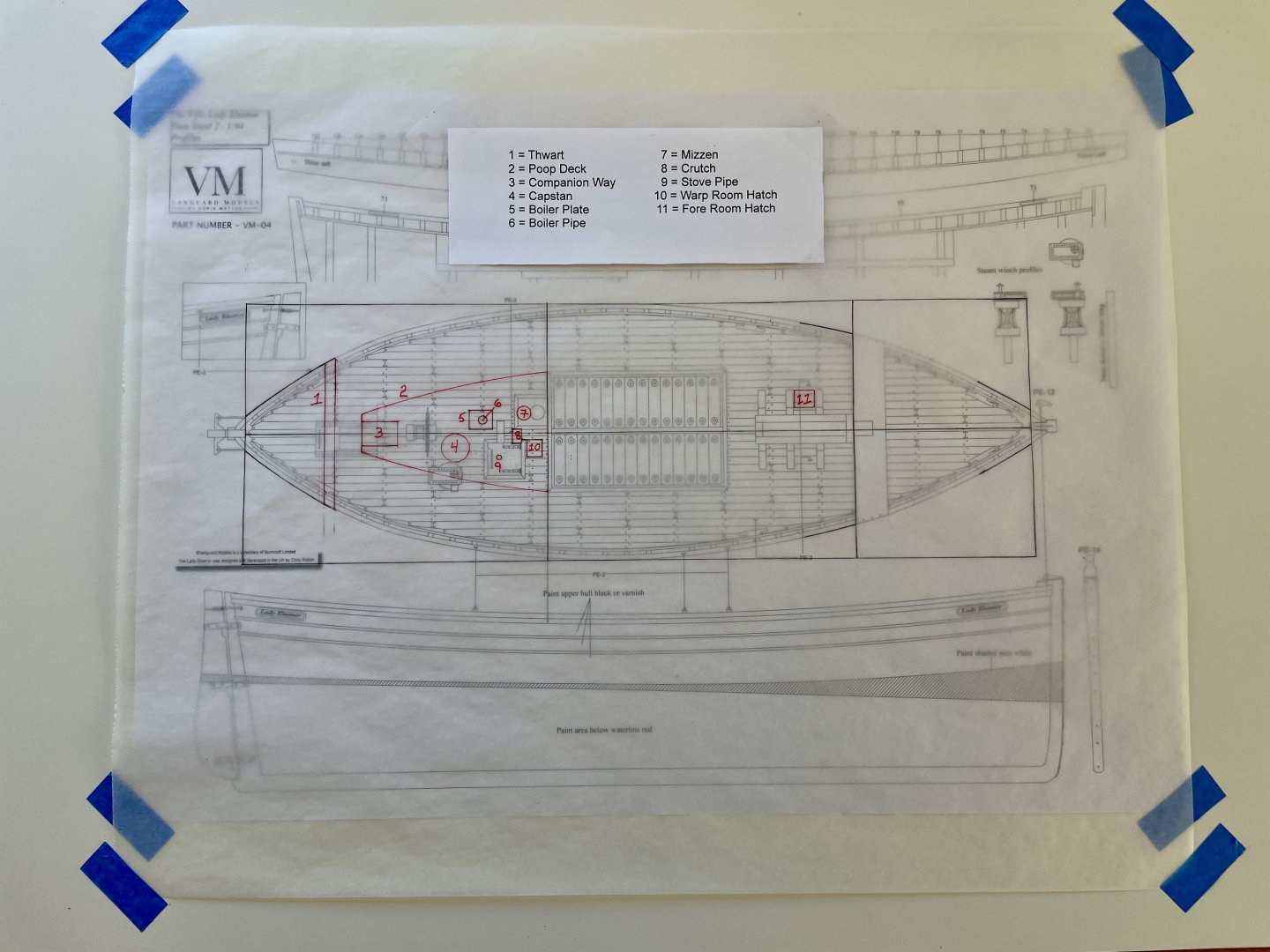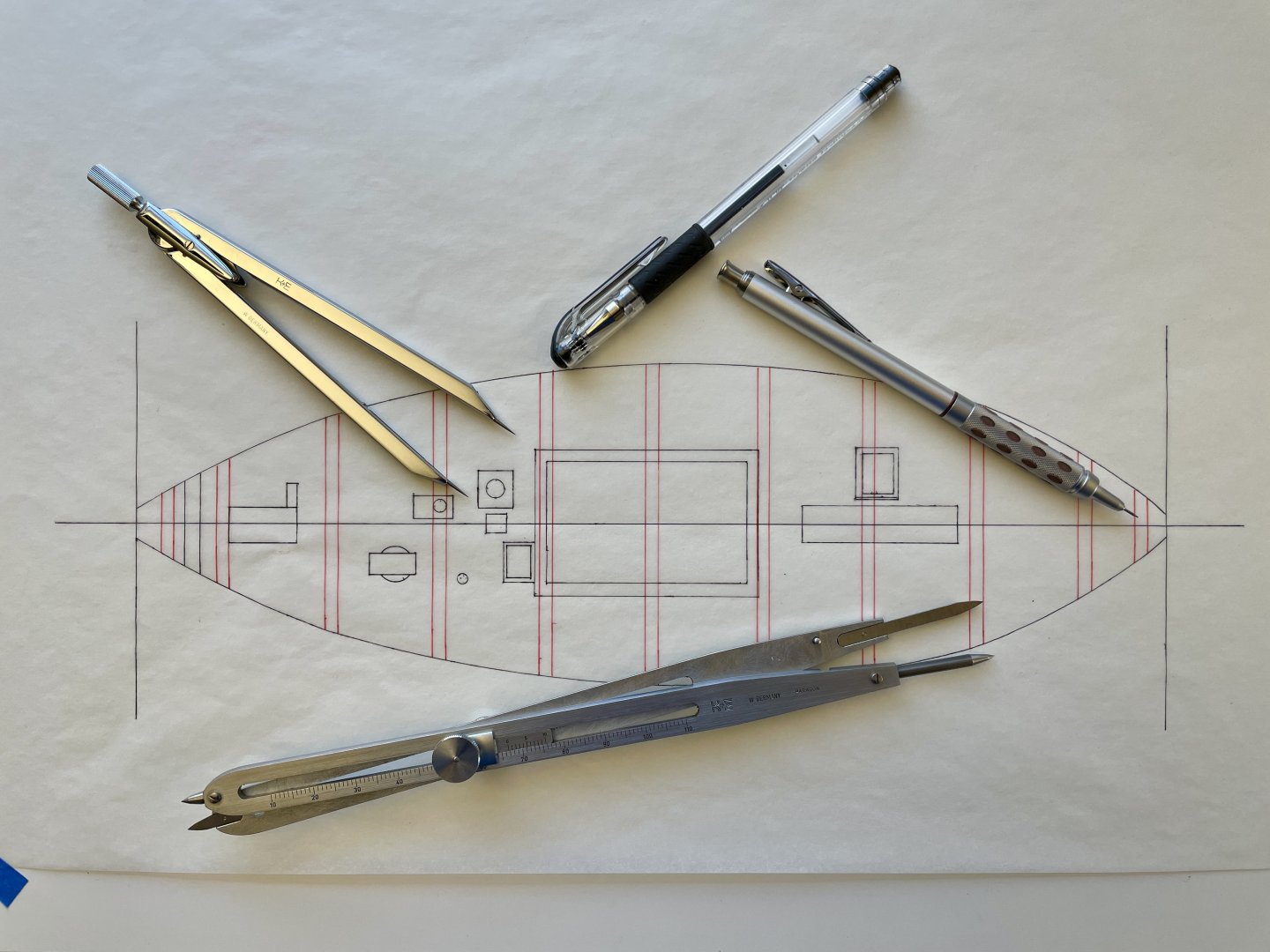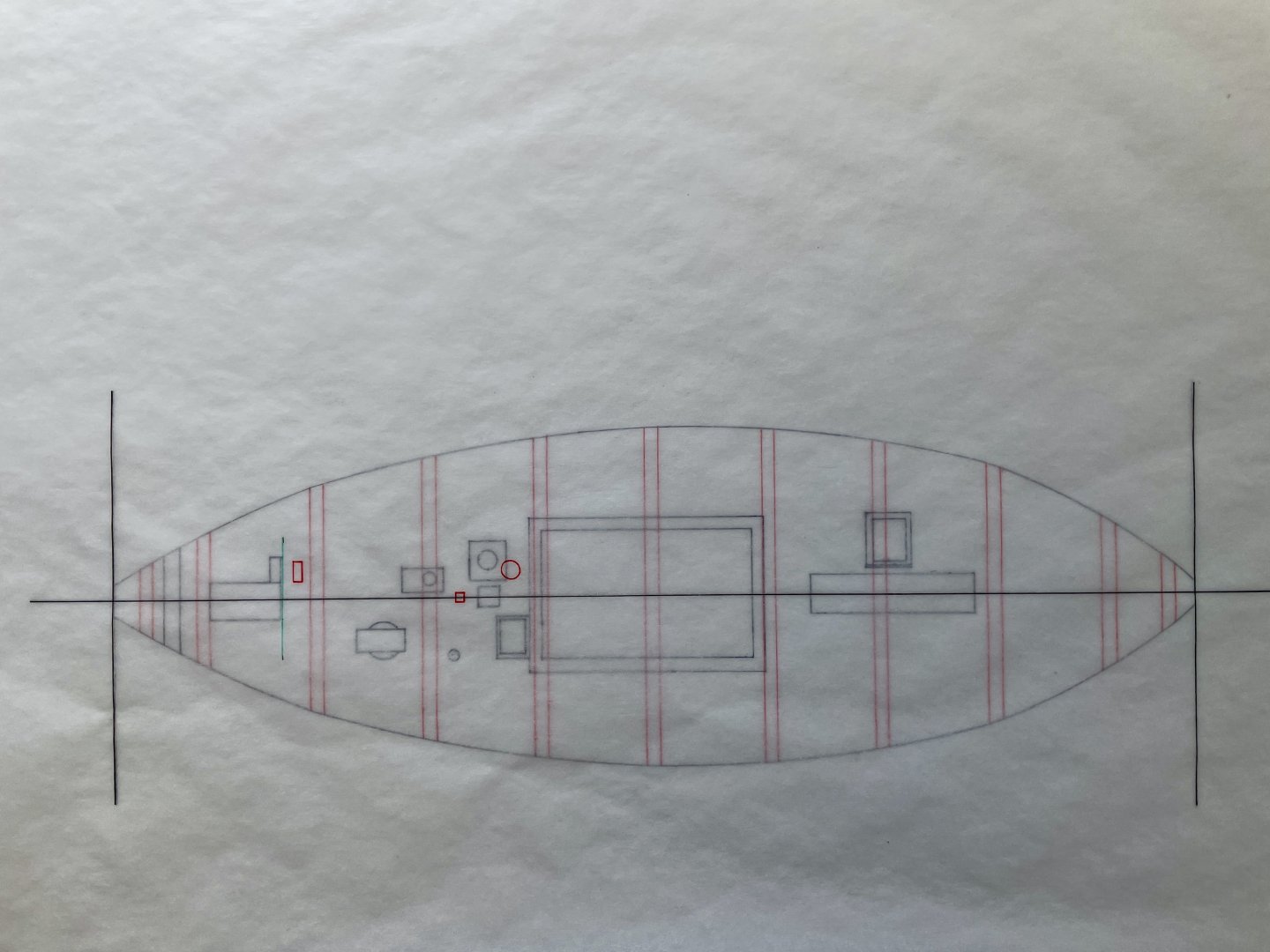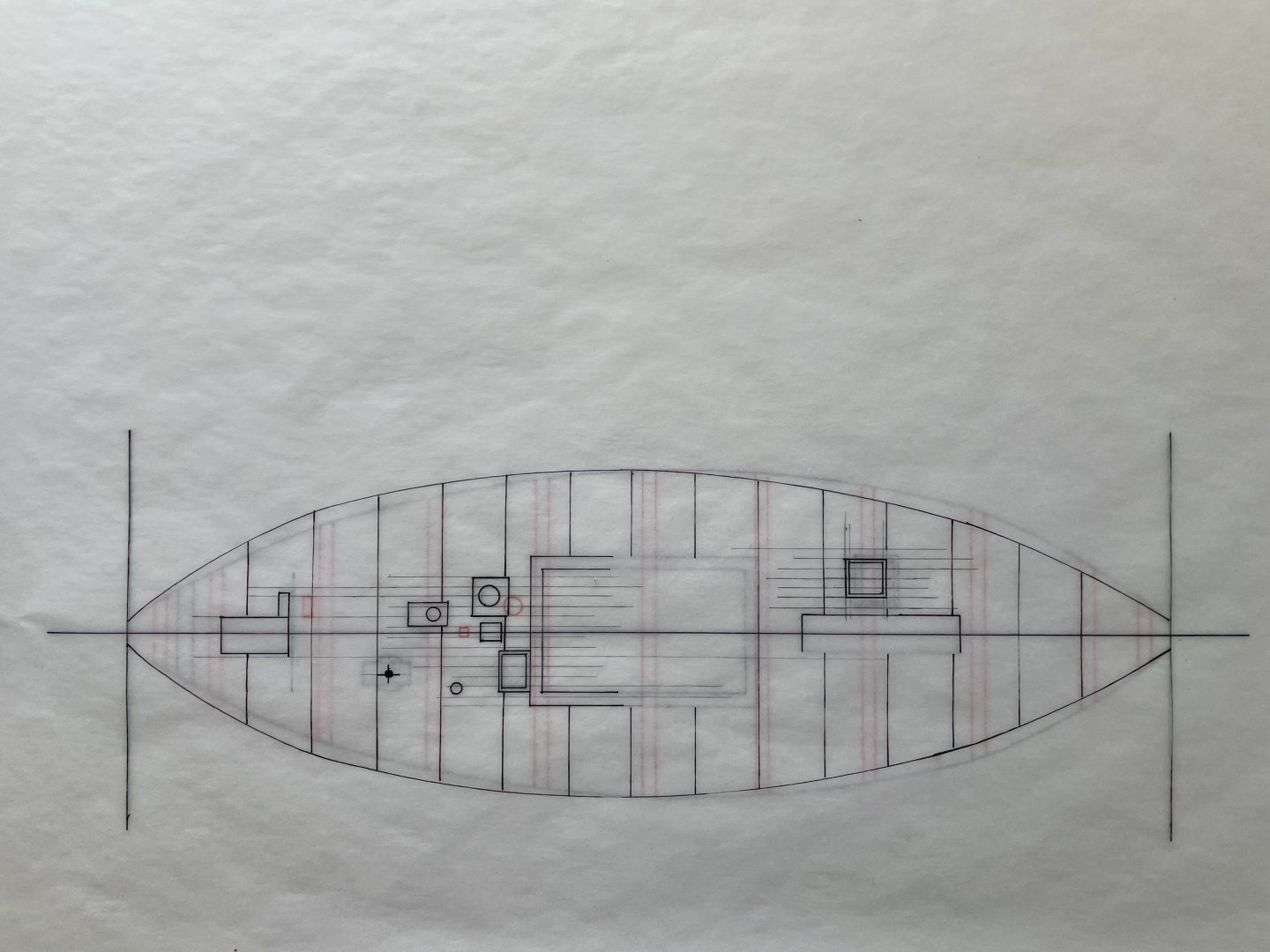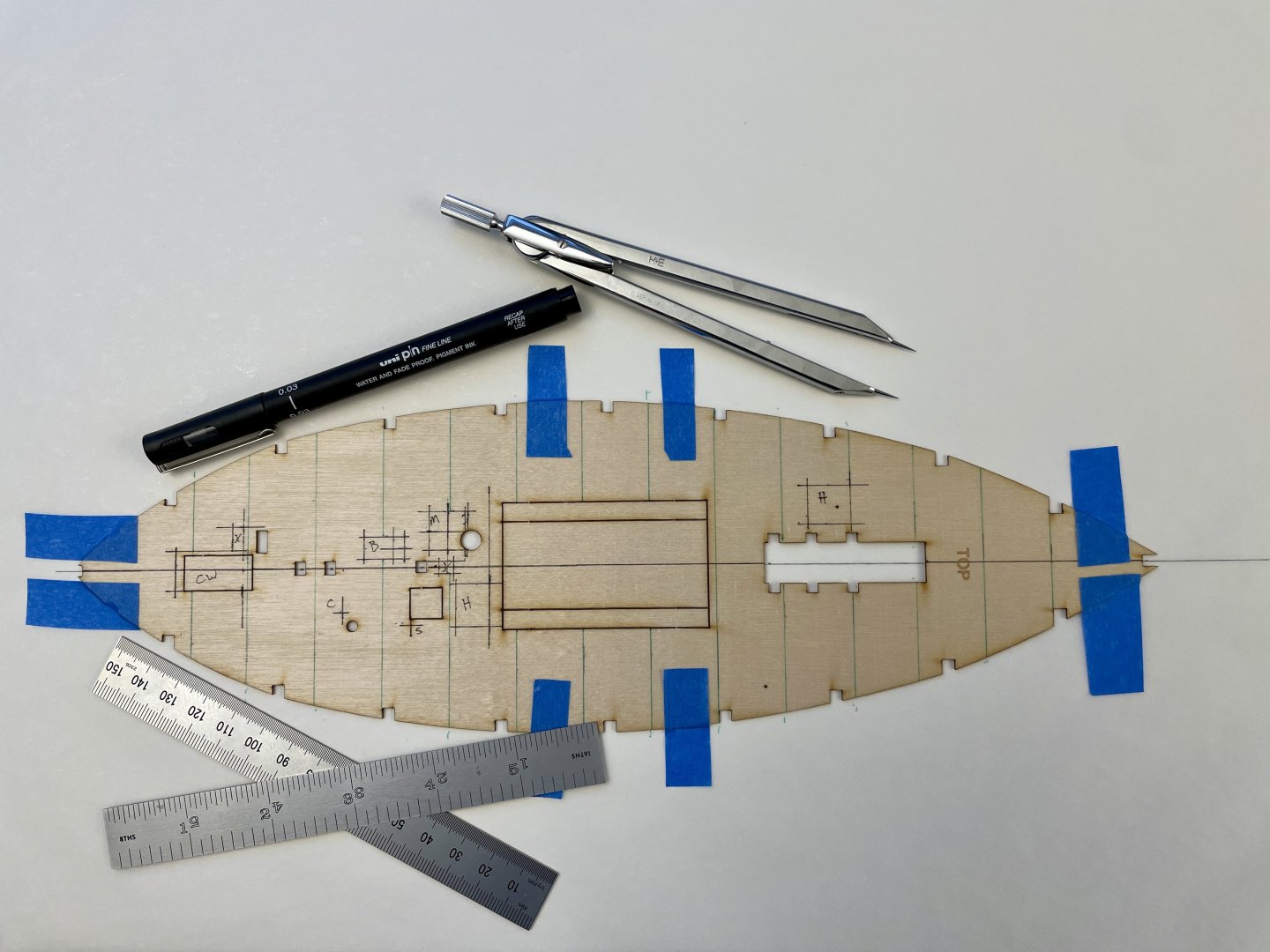-
Posts
611 -
Joined
-
Last visited
-
 Jay 1 reacted to a post in a topic:
18th-Century Merchantman Half-Hull Planking Project by mtaylor - NRG
Jay 1 reacted to a post in a topic:
18th-Century Merchantman Half-Hull Planking Project by mtaylor - NRG
-
 Jay 1 reacted to a post in a topic:
18th-Century Merchantman Half-Hull Planking Project by mtaylor - NRG
Jay 1 reacted to a post in a topic:
18th-Century Merchantman Half-Hull Planking Project by mtaylor - NRG
-
 Jay 1 reacted to a post in a topic:
1/50 - HMS Supply - Artesania Latina - by Kevin
Jay 1 reacted to a post in a topic:
1/50 - HMS Supply - Artesania Latina - by Kevin
-
 Jay 1 reacted to a post in a topic:
Erycina by robdurant - Vanguard Models - 1:64 - Plymouth Ketch-Rigged Trawler
Jay 1 reacted to a post in a topic:
Erycina by robdurant - Vanguard Models - 1:64 - Plymouth Ketch-Rigged Trawler
-
 Jay 1 reacted to a post in a topic:
Erycina by robdurant - Vanguard Models - 1:64 - Plymouth Ketch-Rigged Trawler
Jay 1 reacted to a post in a topic:
Erycina by robdurant - Vanguard Models - 1:64 - Plymouth Ketch-Rigged Trawler
-
 Ryland Craze reacted to a post in a topic:
Grand Banks Dory by Desertanimal - FINISHED - Model Shipways - 1:24 - first build
Ryland Craze reacted to a post in a topic:
Grand Banks Dory by Desertanimal - FINISHED - Model Shipways - 1:24 - first build
-
 MAGIC's Craig reacted to a post in a topic:
Ariel by Jay 1 – Vanguard Models – 1:64 - based on the True Vine 1905 using Lady Eleanor kit
MAGIC's Craig reacted to a post in a topic:
Ariel by Jay 1 – Vanguard Models – 1:64 - based on the True Vine 1905 using Lady Eleanor kit
-
 Knocklouder reacted to a post in a topic:
Ariel by Jay 1 – Vanguard Models – 1:64 - based on the True Vine 1905 using Lady Eleanor kit
Knocklouder reacted to a post in a topic:
Ariel by Jay 1 – Vanguard Models – 1:64 - based on the True Vine 1905 using Lady Eleanor kit
-
Thank you, BE! Your "Lady Eleanor" and "Muirneag" builds were, and are, inspirations for my build. Like you, I'm also fond of these fishing boats--they have so much character! To build back my modeling skillset after such a long break, I plan on building several of Chris' fleet--plus, they'll make nice gifts. Oh the Master Hand was lovely--what a sad fate she came to. Hopefully Chris will consider adding her to his line up...we definitely know there are at least 2 builders that will go for her! 😉 Had to include her image below to maybe sway Chris in case he drops in..... Source: Capt. David Bray's lovely build at: https://nauticalnostalgia.com/model-making-model-engineering/master-hand/ Cheers, Jay
- 21 replies
-
- Lady Eleanor
- True Vine
-
(and 2 more)
Tagged with:
-
 Thukydides reacted to a post in a topic:
Ariel by Jay 1 – Vanguard Models – 1:64 - based on the True Vine 1905 using Lady Eleanor kit
Thukydides reacted to a post in a topic:
Ariel by Jay 1 – Vanguard Models – 1:64 - based on the True Vine 1905 using Lady Eleanor kit
-
 Thukydides reacted to a post in a topic:
Ariel by Jay 1 – Vanguard Models – 1:64 - based on the True Vine 1905 using Lady Eleanor kit
Thukydides reacted to a post in a topic:
Ariel by Jay 1 – Vanguard Models – 1:64 - based on the True Vine 1905 using Lady Eleanor kit
-
Hull Construction – 1st Planking I also began planking the hull with its 1st layer of limewood. I decided to follow the more standard method of lining off the hull. It’s been a long time since I did any planking, and I definitely needed the practice! A part of my planking practice was aiming for symmetrical planks at the bow and at the stern. I worked down from the bulwarks and then up from the keel and completed 16 strakes and have 14 to go, which I’ll complete when I return from work travel next week. I'm using a combination of PVA and CA to secure the planks. I then lightly brushed PVA inside the planked areas to help prevent any planks from popping up. Overall, I’m feeling pretty good thus far about my planking. A Few Observations: The midship bulkhead distance from the bulwarks to keel bottom is about 2mm wider than the kit’s planks. In other words, based on my measurements, a 7mm plank is needed for 1 strake on each side of the hull. I think Blue Ensign made a similar observation about wider planks with his Lady Eleanor build. The thickness of some of the limewood varies, so there are height variations with planks—not a big deal for this layer but the thickness differences will make for a bit more sanding and etc. I think the thickness and the finish of the limewood can’t totally be helped though because it’s such a soft wood and likely difficult to mill. Cheers, Jay
- 21 replies
-
- Lady Eleanor
- True Vine
-
(and 2 more)
Tagged with:
-
Hull Construction – Installing Bulwarks I was able to get some build time in this week and followed the instructions for 1st forming the bulwarks and then doing their glue ups. This process went smoothly and with no hitches. Cheers, Jay
- 21 replies
-
- Lady Eleanor
- True Vine
-
(and 2 more)
Tagged with:
-
 Thukydides reacted to a post in a topic:
Ariel by Jay 1 – Vanguard Models – 1:64 - based on the True Vine 1905 using Lady Eleanor kit
Thukydides reacted to a post in a topic:
Ariel by Jay 1 – Vanguard Models – 1:64 - based on the True Vine 1905 using Lady Eleanor kit
-
 chris watton reacted to a post in a topic:
Ariel by Jay 1 – Vanguard Models – 1:64 - based on the True Vine 1905 using Lady Eleanor kit
chris watton reacted to a post in a topic:
Ariel by Jay 1 – Vanguard Models – 1:64 - based on the True Vine 1905 using Lady Eleanor kit
-
Thank you, Thukydides for your kind comment—adding the mods have been both fun and challenge! There will be more as I get further with the build that will be fun additions. Cheers, Jay edited for grammar error
- 21 replies
-
- Lady Eleanor
- True Vine
-
(and 2 more)
Tagged with:
-
 yvesvidal reacted to a post in a topic:
Ariel by Jay 1 – Vanguard Models – 1:64 - based on the True Vine 1905 using Lady Eleanor kit
yvesvidal reacted to a post in a topic:
Ariel by Jay 1 – Vanguard Models – 1:64 - based on the True Vine 1905 using Lady Eleanor kit
-
 yvesvidal reacted to a post in a topic:
Ariel by Jay 1 – Vanguard Models – 1:64 - based on the True Vine 1905 using Lady Eleanor kit
yvesvidal reacted to a post in a topic:
Ariel by Jay 1 – Vanguard Models – 1:64 - based on the True Vine 1905 using Lady Eleanor kit
-
Current Build Status and Break Now that I know my modifications won’t trash the model and actually worked out okay, from this point forward, my log will reflect my where I’m actually at with my build which is installing the bulwarks and planking. Because I have a lot happening at work next week and then am on the road for work again the following week, I may not be building much, if at all, for next couple of weeks. Cheers, Jay
- 21 replies
-
- Lady Eleanor
- True Vine
-
(and 2 more)
Tagged with:
-
Subdeck Installation and Fairing The milestone with the deck layout / hull modifications was installing the subdeck. Even though I reinforced the subdeck with birch plywood, I still didn’t know if the subdeck would or would not split from all the modifications I made to it. Additionally if the subdeck didn’t split, I also didn’t know if it would be able to bend enough into its BH positions due to its added reinforcement. I knew pre-shaping the birch plywood strips would help with bending but still the ply was additional layer of wood that would decrease the subdeck’s flexibility. Overall, fairing went well. The only real issue I encountered was with BH 1. While a batten ran fair from the bow infill piece, atop the upper sections of BH 1, and back to BH 4, the same batten didn’t touch the lower sections of BH 1 but did run fair from the bow infill piece to BH 4. I think reason behind this issue was operator error when I beveled the port and starboard lower sections of BH 1: Either my bevel angle was wrong or I just simply took off too much MDF. At any rate, I shimmed the lower sections of BH1 and made adjustments until I got fair batten runs from the bow to BH 4. Cheers, Jay
- 21 replies
-
- Lady Eleanor
- True Vine
-
(and 2 more)
Tagged with:
-
Deck Layout / Hull Modifications Pt 3 I plan on having the entryway to the companionway open; thus, the details that follow should hopefully be visible to a viewer. Some may notice I didn’t make a companionway cutout on the subdeck. The reason for this is the companionway’s position is dependent on the positions of an aft steering assembly and thwart. After I determine those item’s 2 positions, I’ll then make a subdeck cutout for the companionway. I took dimensions off the aft end of part 19 between BHs 9 and 10 and used those dimensions to make a cardstock template. I then traced the cardstock template outline onto a piece of birch plywood and then planked over the plywood with boxwood deck strips. After scraping and clear coating (matte), I then glued the boxwood planking to the aft end of part 19. Cheers, Jay
- 21 replies
-
- Lady Eleanor
- True Vine
-
(and 2 more)
Tagged with:
-
Deck Layout / Hull Modifications Pt 2 Before I glued the BHs to the false keel, I checked the camber radius of a couple BHs with radius curves. I came up with a 26 degree radius for the deck camber. I marked and cut that radius, along with also marking and cutting a 24 degree radius, in some scrap. I’ll use the 26 degree radius as a sanding template and the 24 degree radius as a bending template (the 2extra degrees is to help compensate for wood spring back). I then cut strips of thin birch plywood, wet bent it, and then let it dry on my 24 degree radius template. Once the strips were dry, I glued them over various cutouts on the underside of the subdeck. I then hand-drilled starter holes in the subdeck that corresponded to Vine’s additional fittings and alternative fittings positions. The mizzen mast hole was drilled to size. I then cut out an undersized hole where the warp room hatch will be located. Cheers, Jay
- 21 replies
-
- Lady Eleanor
- True Vine
-
(and 2 more)
Tagged with:
-
Deck Layout / Hull Modifications Pt 1 The purposes of my deck layout and hull modifications were to accommodate the Vine’s additional fittings, alternative fittings positions, and the fish hold’s alterations. I first beveled all the BHs and infill pieces with my Proxxon rotary tool (on its slowest speed). I cobbled together a makeshift dust extractor while I did my beveling (finally found a use for Proxxon’s rotary tool holder….lol). I then cutoff a top portion of the false keel between BHs 9 and 10 (more on this in Hull Mods Pt 3 below), and then glued all the BHs to the false keel. Parts 18 and 19 were then glued into place. You can see in image below where the warp room area was painted on part 19. Cheers, Jay
- 21 replies
-
- Lady Eleanor
- True Vine
-
(and 2 more)
Tagged with:
-
Fish Hold Modifications Pt 3 I then painted the fish hold area, and also BHs 9 and 10, light grey (Mr. Color 97). I used light grey because white paint usually looks grey in dim lighting. I painted the top edges of the fish hold flat white (Mr. Color 62) because those areas would receive more direct light than the hold further below. As mentioned earlier, the fish hold and deck layout / hull modifications were done in tandem so what follows next will appear like I’ve skipped a few things; however, those gaps are covered in my deck layout / hull modification posts. After the subdeck was installed, I undercut part 19’s MDF until it wasn’t fully visible below the two part 20 pieces. I then installed 8 3mm shellacked pearwood stanchions in the fish hold. The fore and aft stanchions on each side of the hold don’t fall under green deck beam lines because that’s where BHs 5 and 7 are located. I then installed painted veneer (Mr. Color 323) on all 4 sides of the fish hold and then sanded the tops of the veneer flush with the subdeck. The last item of the fish hold modification was installing bracing blocks to additionally compensate for the cutout I made in part 19. Successfully completing the fish hold modifications without trashing the integrity of the model was a milestone! Cheers, Jay
- 21 replies
-
- Lady Eleanor
- True Vine
-
(and 2 more)
Tagged with:
-
Fish Hold Modifications Pt 2 I then hand-drilled starter holes into part 19 that correspond to Vine’s subdeck additional fittings and alternative fittings positions. While not visible, I reinforced the underside of part 19 at its original mizzen mast hole before I hand drilled the mizzen mast’s new position. I also reinforced the top of the new mizzen mast hole with an additional drilled support. Both holes are slightly ovoidal fore and aft to allow for raking the mizzen mast when it’s installed. The pencil lined ½ square starboard of the mizzen mast support is about where the warp room hatch will open to, so this area will be painted. I then used a fret saw to cut out the X’d areas of part 19 to deepen the fish hold. I left about a 1/4 inch / ~ 6mm of meat on the port and starboard sides of part 19 to help keep it from possibly breaking. I then began added the upper and lower supports framing to BHs 5, 6, 7, and the false keel; I also glued bracing inserts atop the lower framing supports. Cheers, Jay
- 21 replies
-
- Lady Eleanor
- True Vine
-
(and 2 more)
Tagged with:
-
Fish Hold Modifications Pt 1 My purpose for modifying the fish hold depth was to add interesting detail to the model. I began the fish hold modifications by using a height gage to mark positions for fish net platform supports. Because I didn’t have a sense of the model’s rigidity and etc. at this point, I didn’t want to alter bulkhead (BH) 6 or the false keel to the point where I would potentially compromise the hull form or structural integrity of the kit. My decision on the heights of the net platform supports was a balance of getting a net to fit in the hold, hide the false keel and BH 6, and yet also be able to position the net so portions of the hold depth and etc. are visible. These platform supports largely won’t be visible, esp. along the false keel, once netting is added to the hold. I then laid the fish hold frame (part 22) on top of the subdeck that in turn was laid over part 19 (it’s kind of sub-subdeck). The purpose here was to mark where I would make my initial cut outs in part 19 to deepen the fish hold. I then marked positions for lower supports onto BHs 5, 6, and 7. The purpose for these lower supports is hold bracing inserts that should help compensate for the weakening of part 19 due to its cutouts. The bracing inserts will also serve as platforms onto which stanchions will be glued. I also traced the outlines of BHs 5 and 7 onto basswood and then cut out those traced BHs. These BH cutouts were then glued to BHs 5 and 7 so that the fore and aft sides of the fish hold aligned with the fish hold subdeck cutout. Cheers, Jay
- 21 replies
-
- Lady Eleanor
- True Vine
-
(and 2 more)
Tagged with:
-
Fish Hold and Deck Layout / Hull Modifications I decided to not post my log until after I successfully completed modifications I made to the fish hold and deck layout / hull. Clearly since I’m posting my log now, everything turned out okay but I didn’t know that when I started building. Essentially I didn’t want to start a log and then abandon both it and the build because my mods turned out to be trainwrecks! The next several posts describe the mods I made, and although I’m posting the fish hold and then deck layout / hull mods separately, all the modifications I made had to be done in tandem with one another and progression of the build. Cheers, Jay
- 21 replies
-
- Lady Eleanor
- True Vine
-
(and 2 more)
Tagged with:
-
Build Adaptations I mentioned in my comparison of the RMG and Beale “True Vine” models above that my intent was not to be critical of either build; indeed, I have no room to throw stones at either model since my model will also deviate from Oke and Marsh’s Vine plans. To see how much I could adapt the Vine to Eleanor, I 1st prepared the below quick-and-dirty overlay of the Vine’s key features onto Elanor’s deck plan. This was relatively painless using a pair of proportional dividers because the Vine’s scale is 1:32 (3/8” to the foot) and Eleanor’s scale is 1:64 (3/16” to the foot) and thus works out to a straightforward 1:2 ratio. A feature of the Vine that I went back and forth over during my research is her poop deck. Ultimately what persuaded me to not include it were a passage from Marsh, contemporary photos, and finally what was esthetically appealing to my eye. When Oke took off the Vine’s lines in 1936, she had already had undergone considerable alterations to include having been fitted with a motor (Marsh, “Drifters” 271). Marsh infers the poop deck may have been fitted onto the Vine after she had a wheelhouse fitted, along with other major alterations, when her motor was installed well after she was built in 1905 (“Drifters” 271). Although a poop deck / deck superstructure is a common feature of Zulus, I found no similar examples on any Fifies during my research. Indeed, the Vine’s poop deck is strikingly similar to the circa 1905 Zulu that Marsh discusses on page 265 and also provides a photo of (“Drifters” plate 173). After reaching my decision about Vine’s poop deck, I then created a series of drawing layers (an old school version of Photoshop…LOL) using the kit’s plain subdeck . The purpose of the 1st layer drawing was to get a sense of where the Vine’s deck fittings were in relationship to Eleanor’s fittings and to also get a sense for how additional modifications that I want to make will align with respect to Eleanor’s keel and bulkhead framing. In case someone’s reading this, I inked in the wrong lines of the fore room hatch on this layer, so it’s proportions are a wee bit off…. The purpose of the 2nd layer was to see were and how changes I’ll make will impact part 19 in the kit, which I’ll go into when I start building. The purpose of the 3rd layer was to get an idea of where the Vine’s deck fittings will land with respect to the boat’s deck planking. Essentially I want to avoid having splinters for deck planks because of deck fittings placement. While I won’t 100% know how the deck planking will work in relation to deck fittings until I actually start planking the deck, I did make few slight placement changes at this stage to align with my deck plank sizes and approximately where they’ll land on the deck. Also I fixed the proportions of the fore room deck hatch on this layer. The keen observer will notice the deck outline on the 3rd layer slightly differs from the deck outline on the 1st layer…. I used the printed maple deck to draw the outlines on the 1st and 3rd layers. However, because the printed deck really curls upward, I flipped this deck over to its unprinted side to compensate for its curl. When I inked deck outline on the 1st layer, I didn’t notice I had reversed the bow and stern ends of the printed deck when I flipped it over. Although my goof didn’t impact deck fittings positions, it did give me a laugh when I caught the mistake when I started working on the 3rd layer drawing. After I finished the 3rd layer drawing, I then transferred that layer’s deck fitting positions onto the kit’s subdeck. The green lines on the subdeck mark deck beam positions taken from the kit’s printed maple deck, and I’ll use these lines as rough guides when it comes time to figure out the deck’s butt shifts. Cheers, Jay
- 21 replies
-
- Lady Eleanor
- True Vine
-
(and 2 more)
Tagged with:
About us
Modelshipworld - Advancing Ship Modeling through Research
SSL Secured
Your security is important for us so this Website is SSL-Secured
NRG Mailing Address
Nautical Research Guild
237 South Lincoln Street
Westmont IL, 60559-1917
Model Ship World ® and the MSW logo are Registered Trademarks, and belong to the Nautical Research Guild (United States Patent and Trademark Office: No. 6,929,264 & No. 6,929,274, registered Dec. 20, 2022)
Helpful Links
About the NRG
If you enjoy building ship models that are historically accurate as well as beautiful, then The Nautical Research Guild (NRG) is just right for you.
The Guild is a non-profit educational organization whose mission is to “Advance Ship Modeling Through Research”. We provide support to our members in their efforts to raise the quality of their model ships.
The Nautical Research Guild has published our world-renowned quarterly magazine, The Nautical Research Journal, since 1955. The pages of the Journal are full of articles by accomplished ship modelers who show you how they create those exquisite details on their models, and by maritime historians who show you the correct details to build. The Journal is available in both print and digital editions. Go to the NRG web site (www.thenrg.org) to download a complimentary digital copy of the Journal. The NRG also publishes plan sets, books and compilations of back issues of the Journal and the former Ships in Scale and Model Ship Builder magazines.

